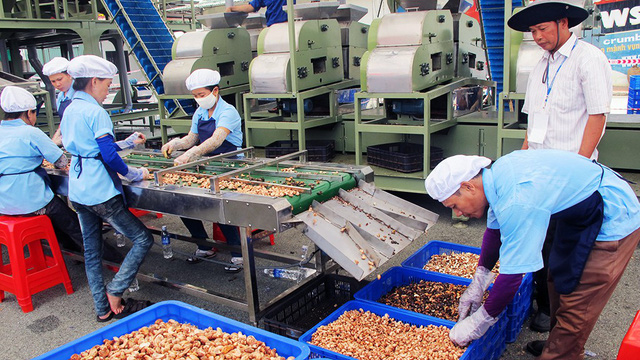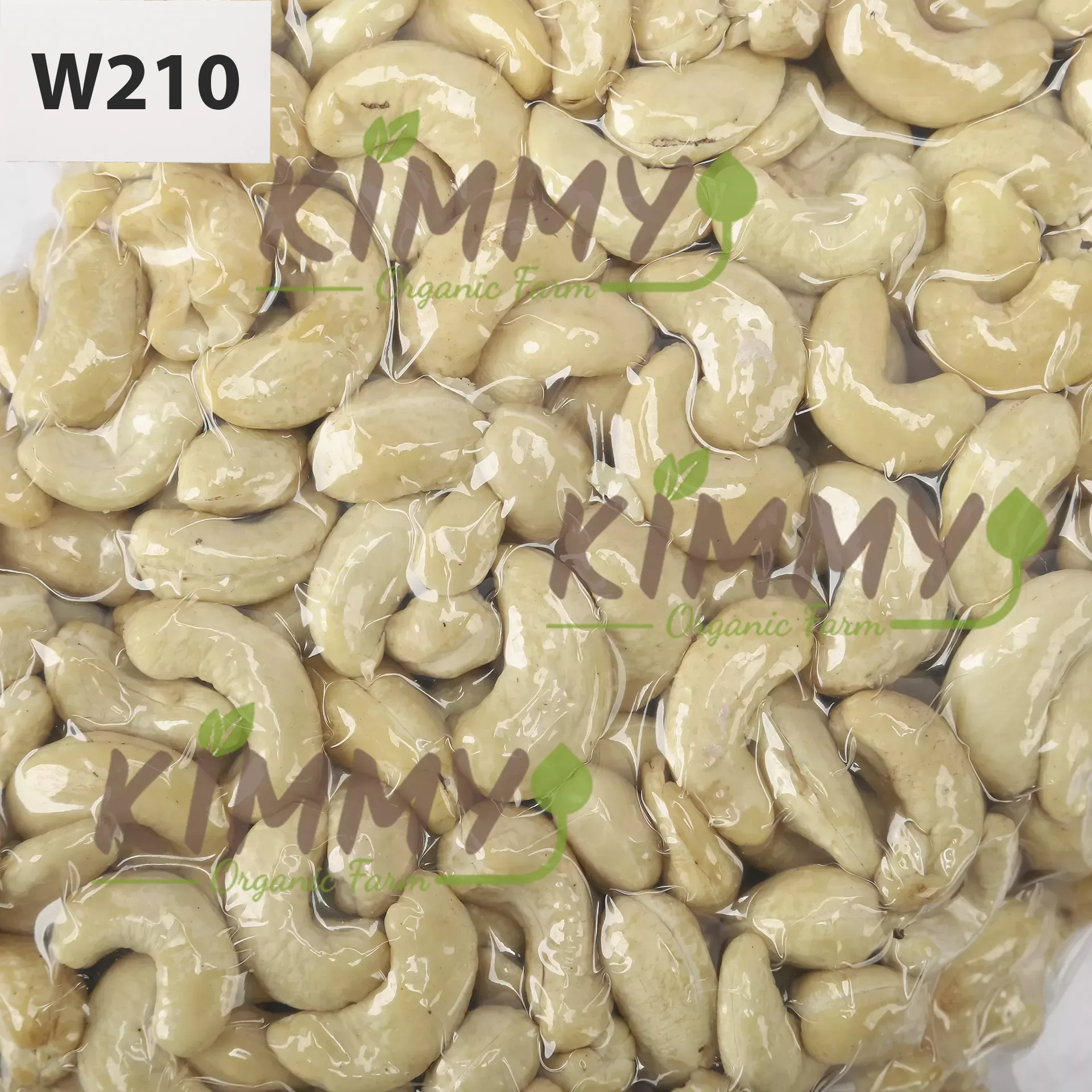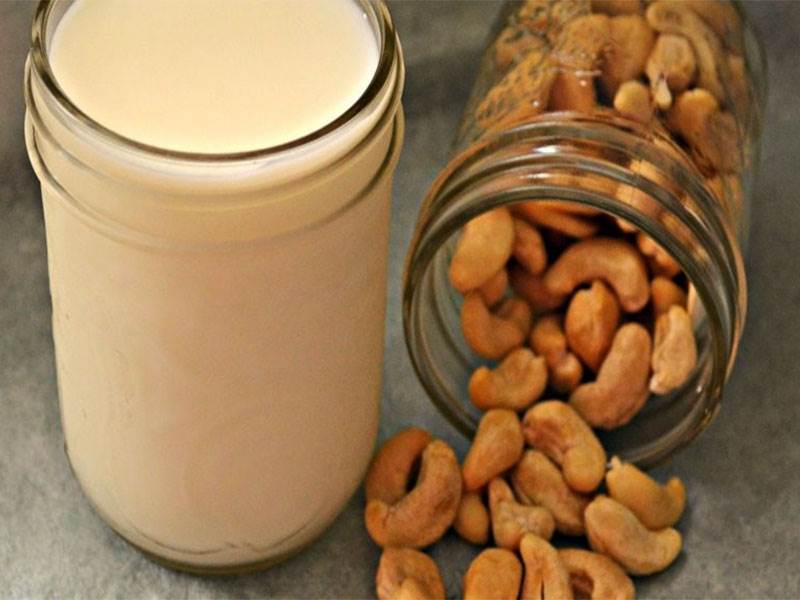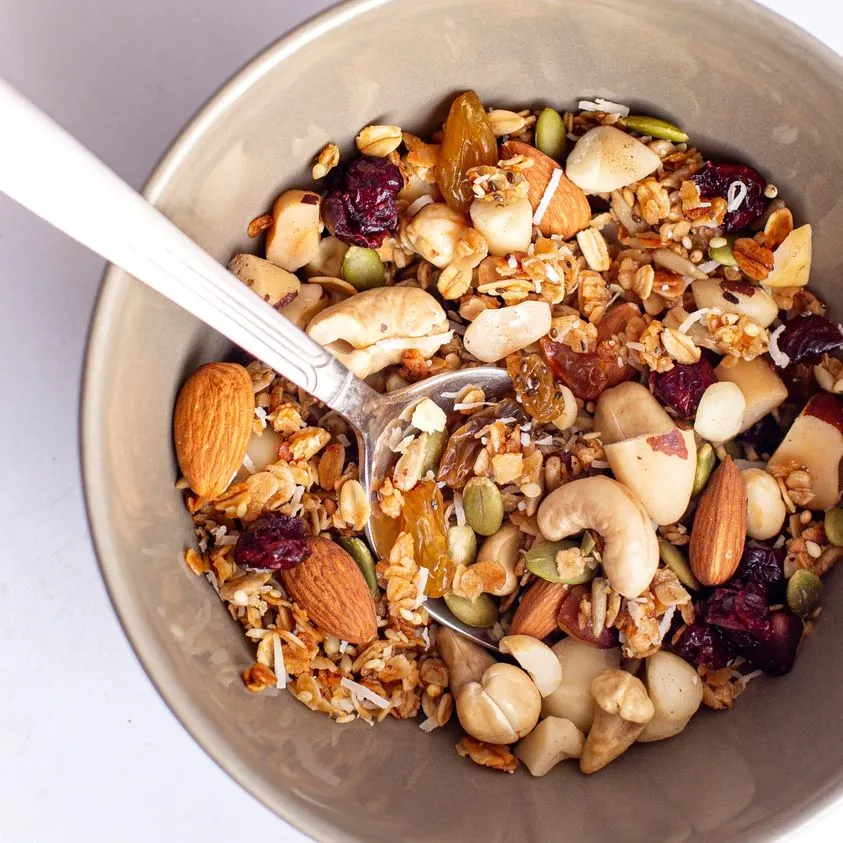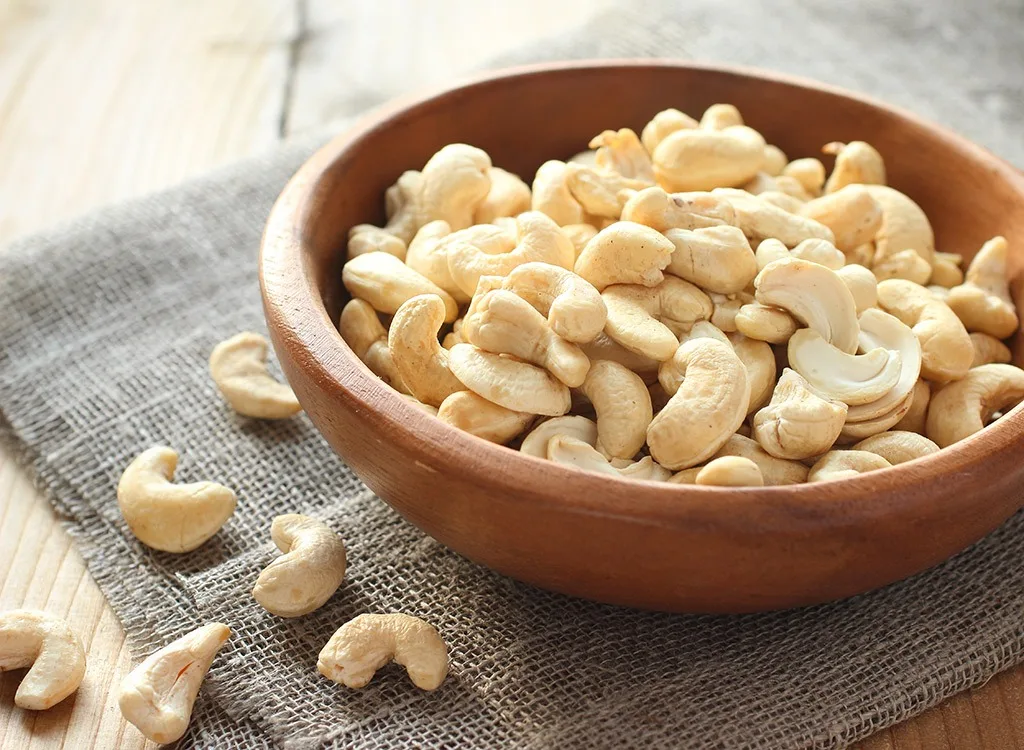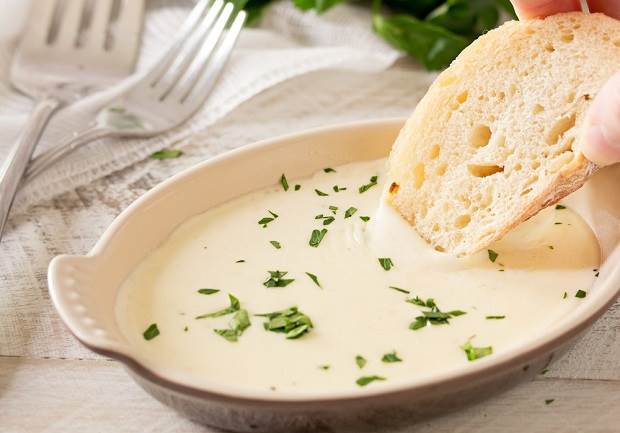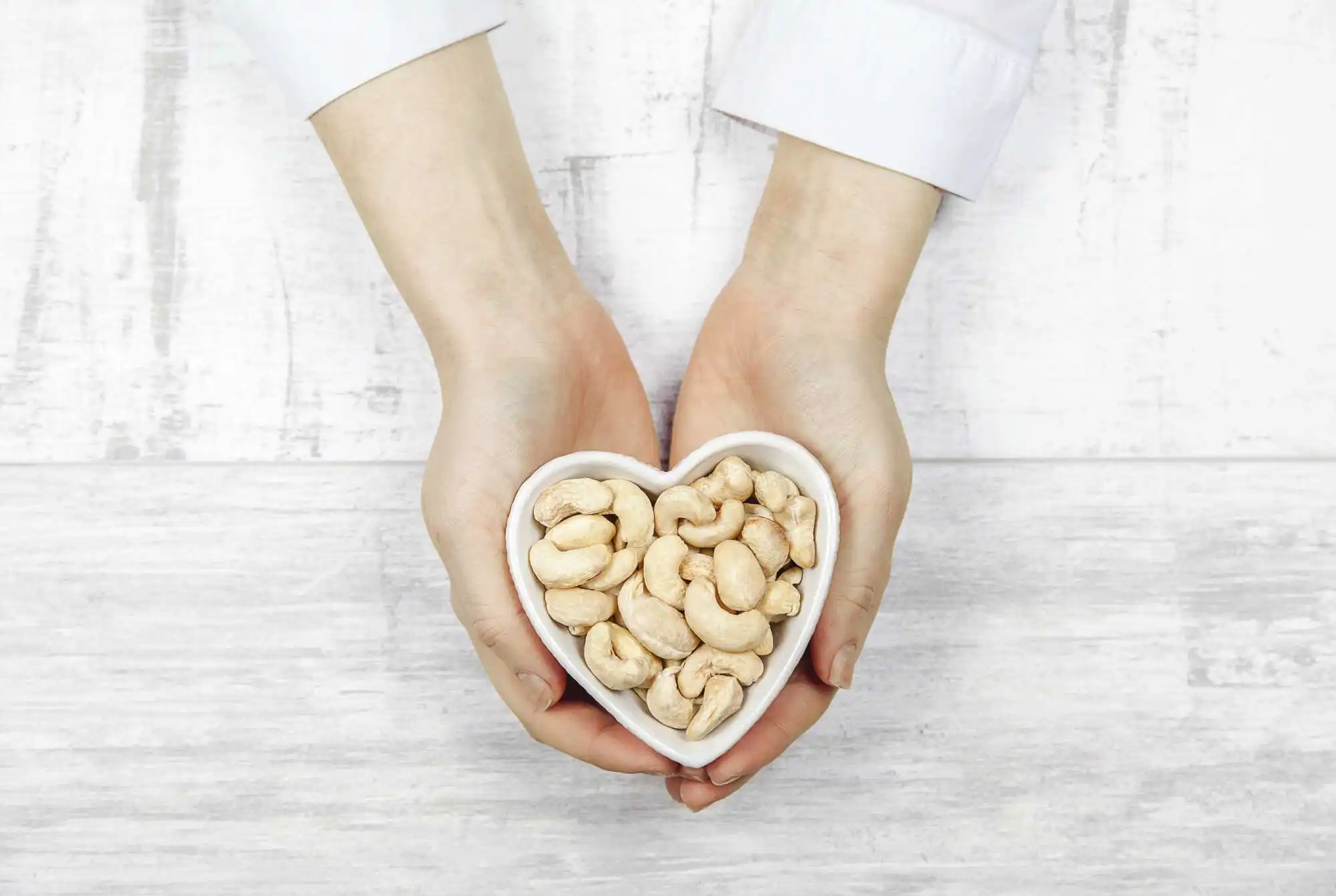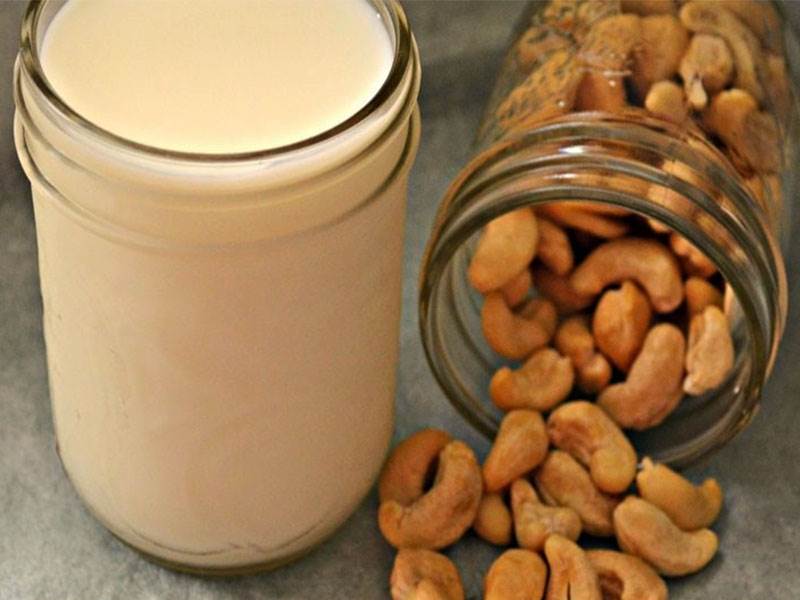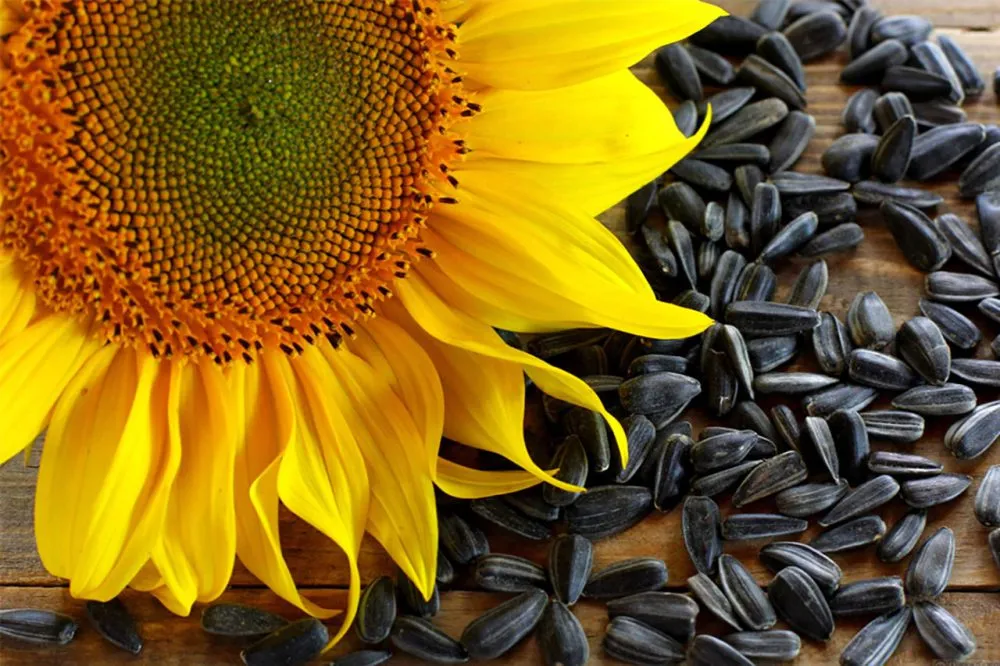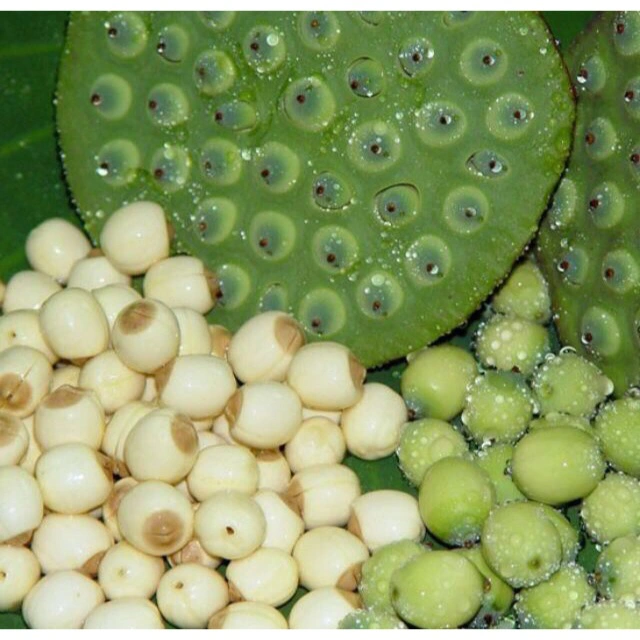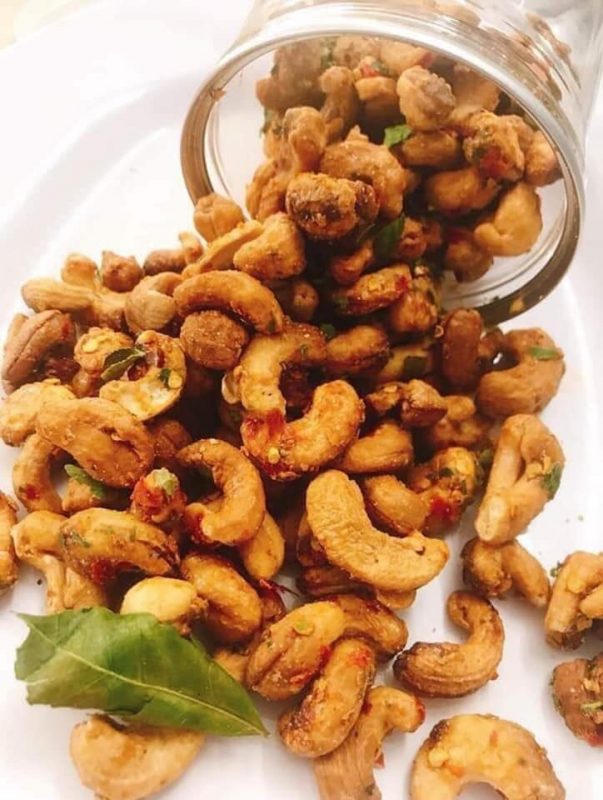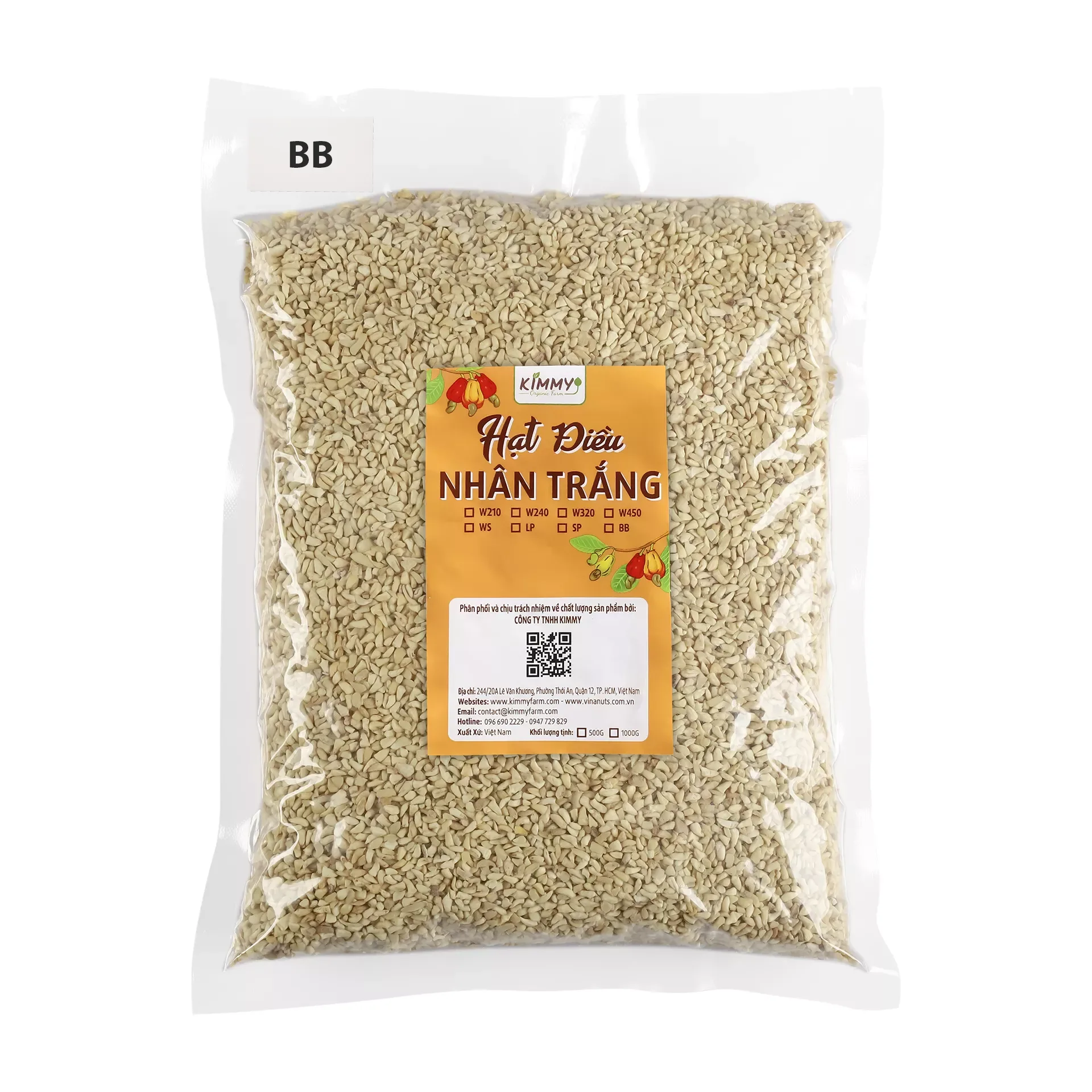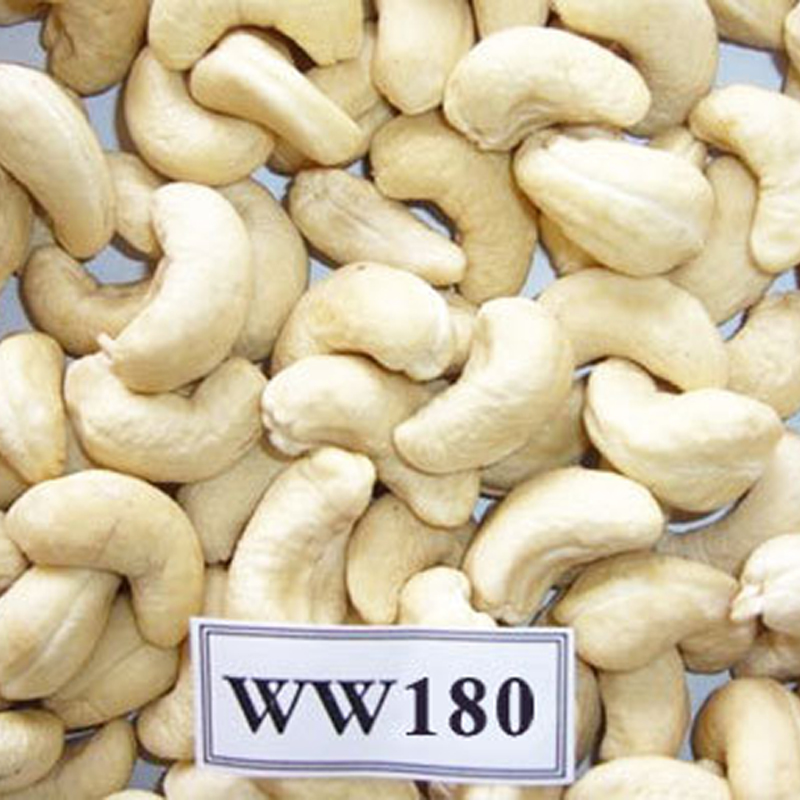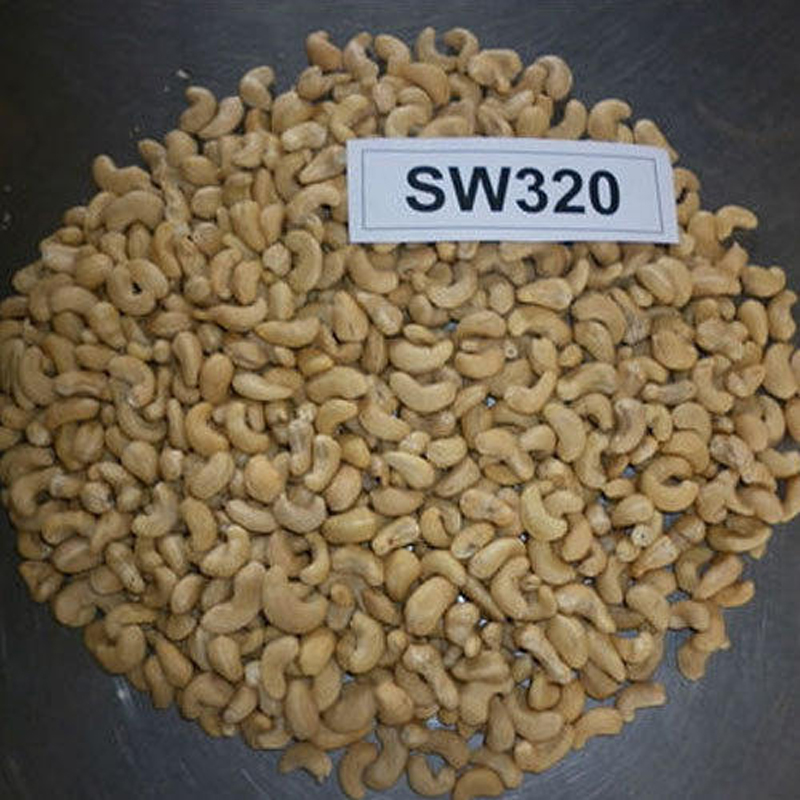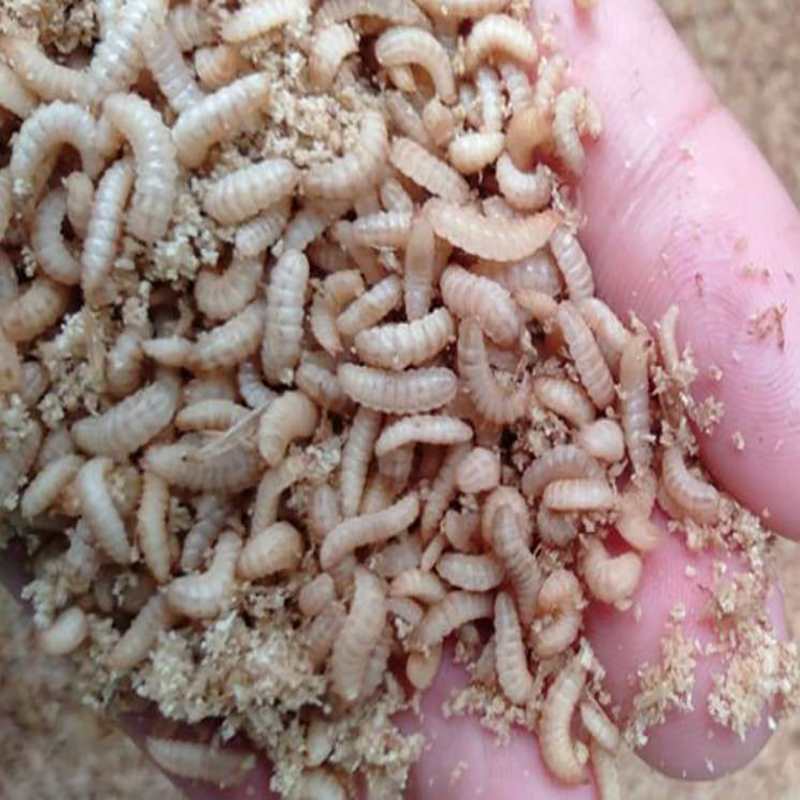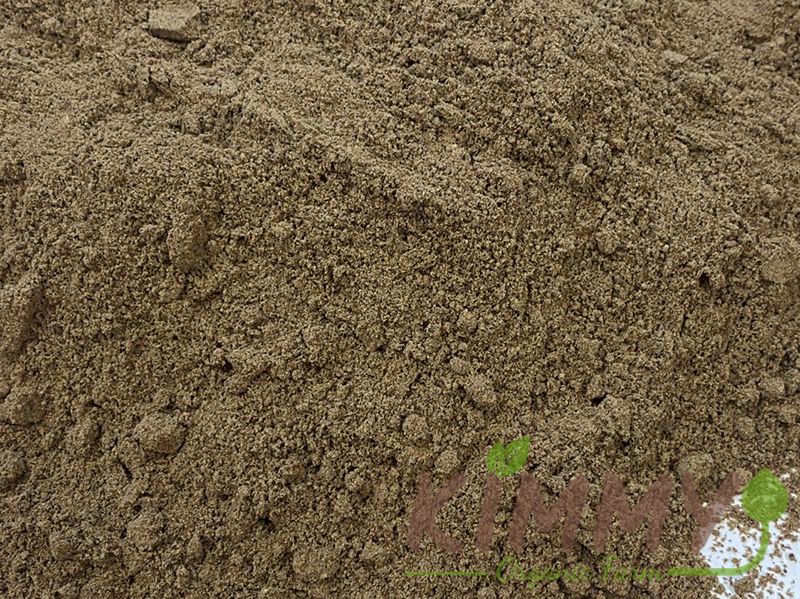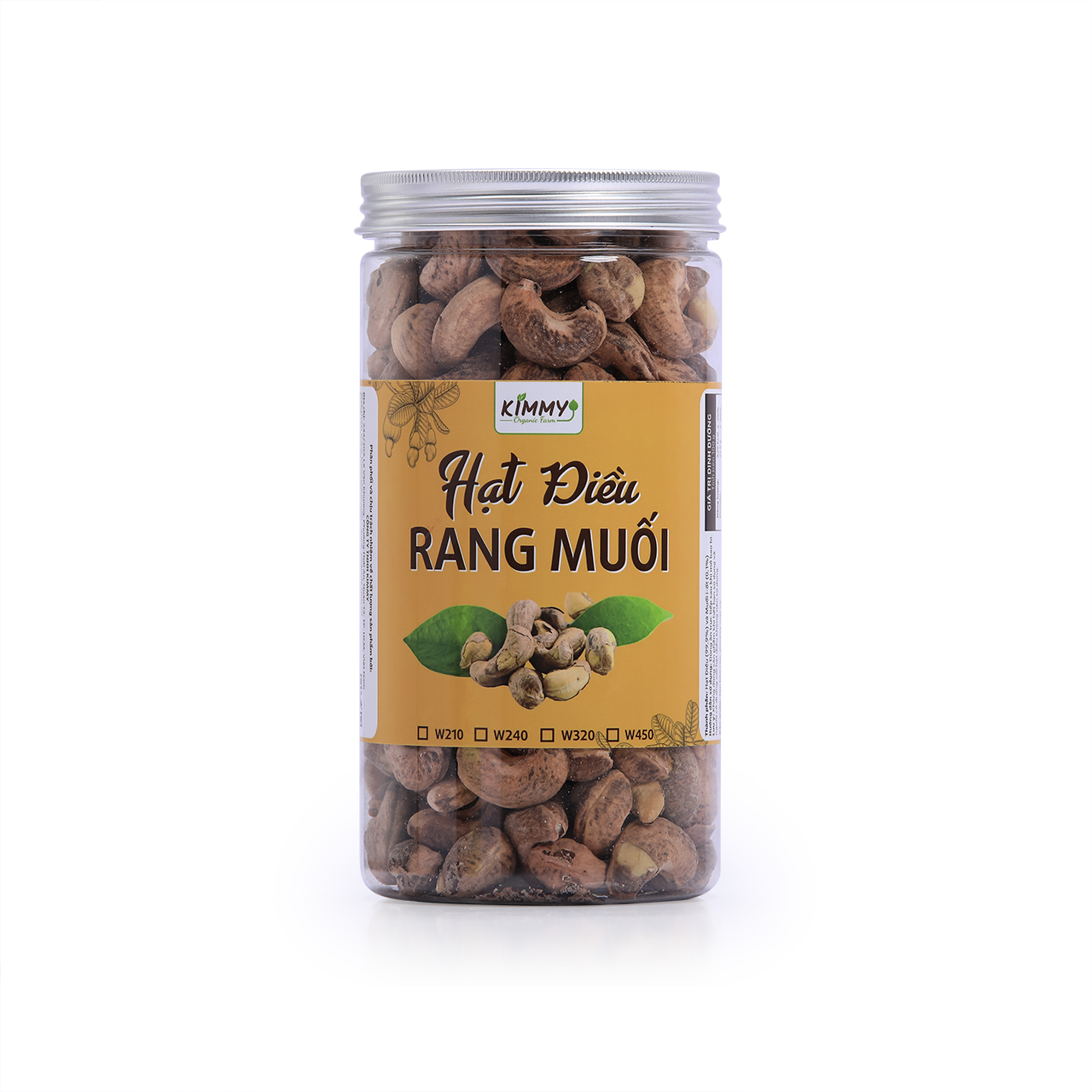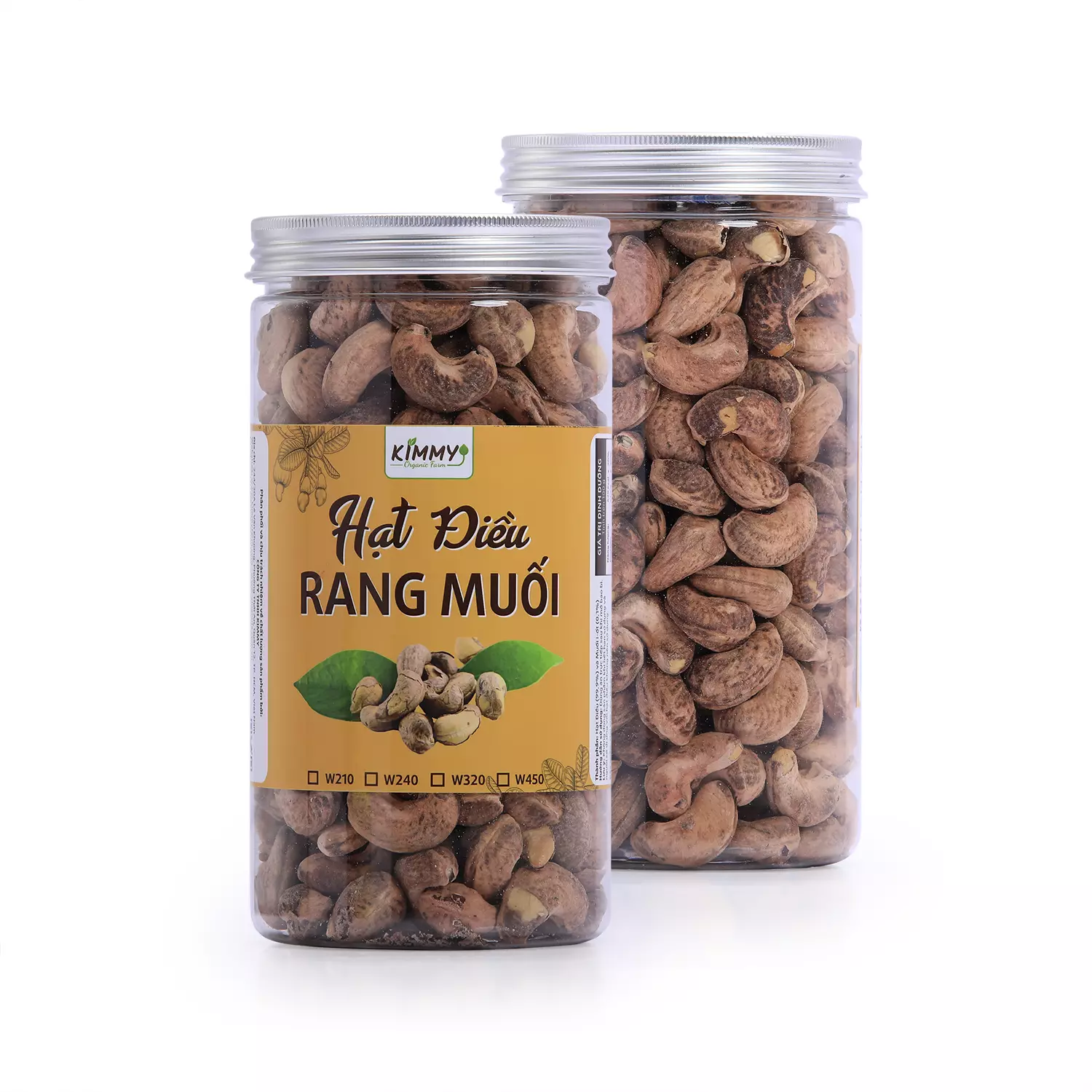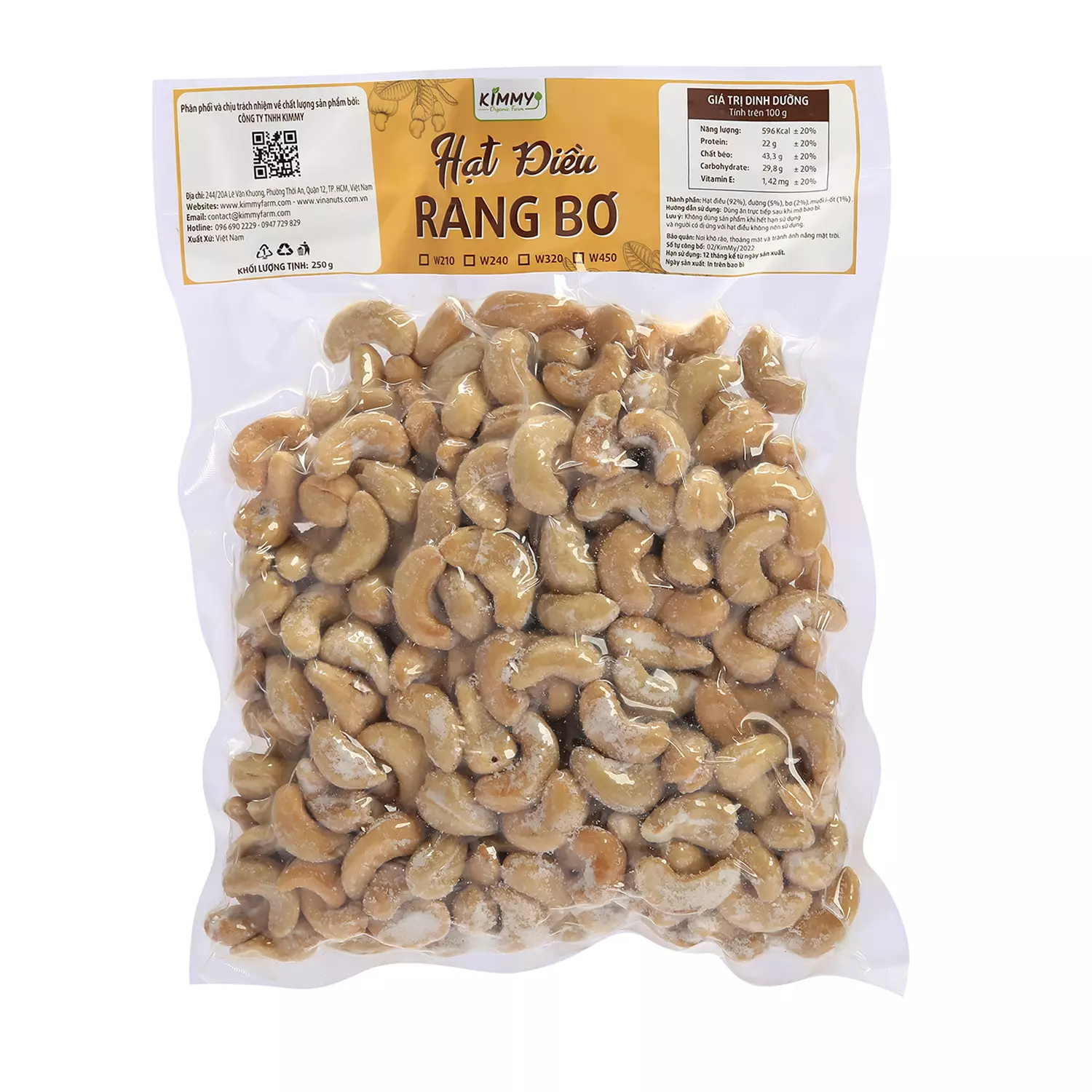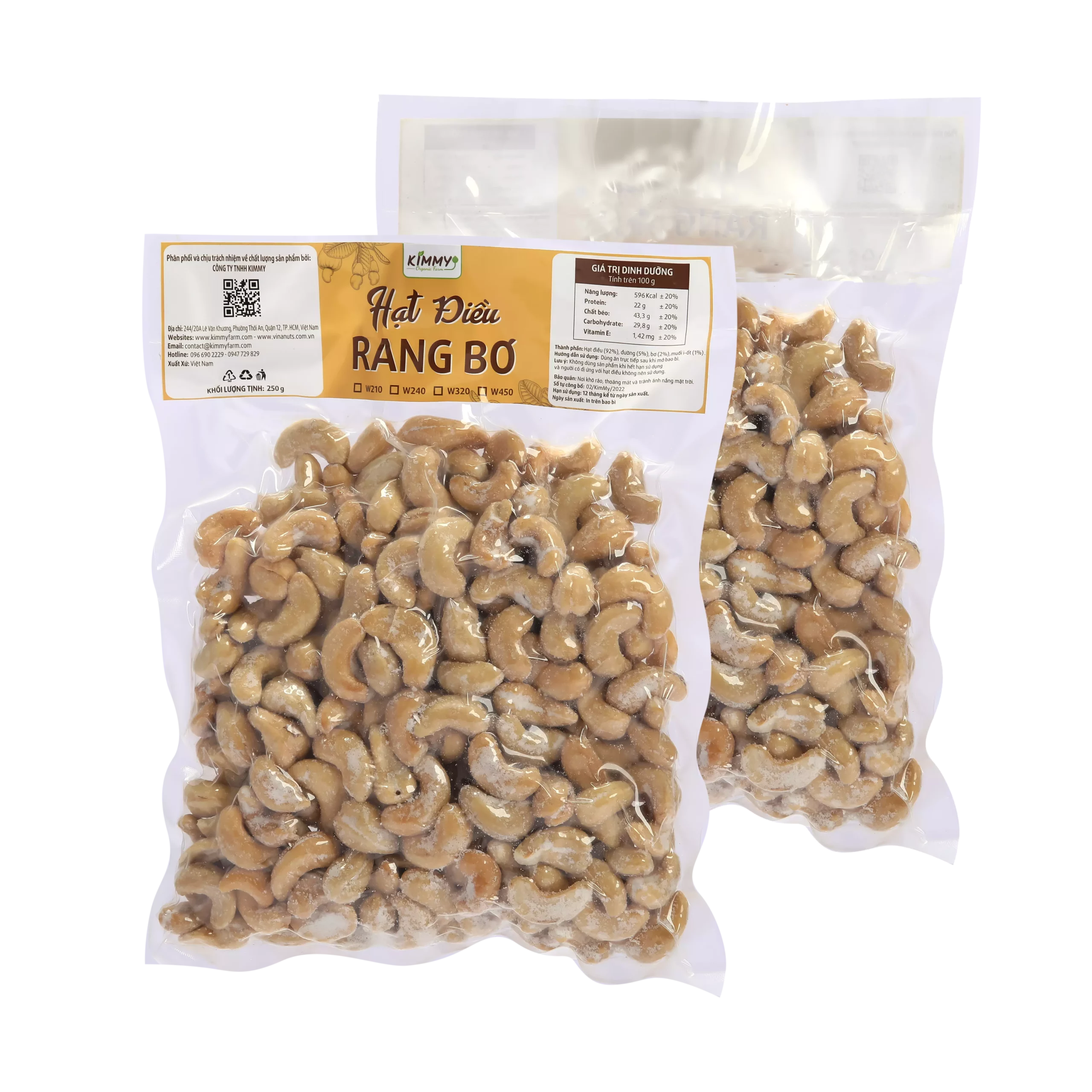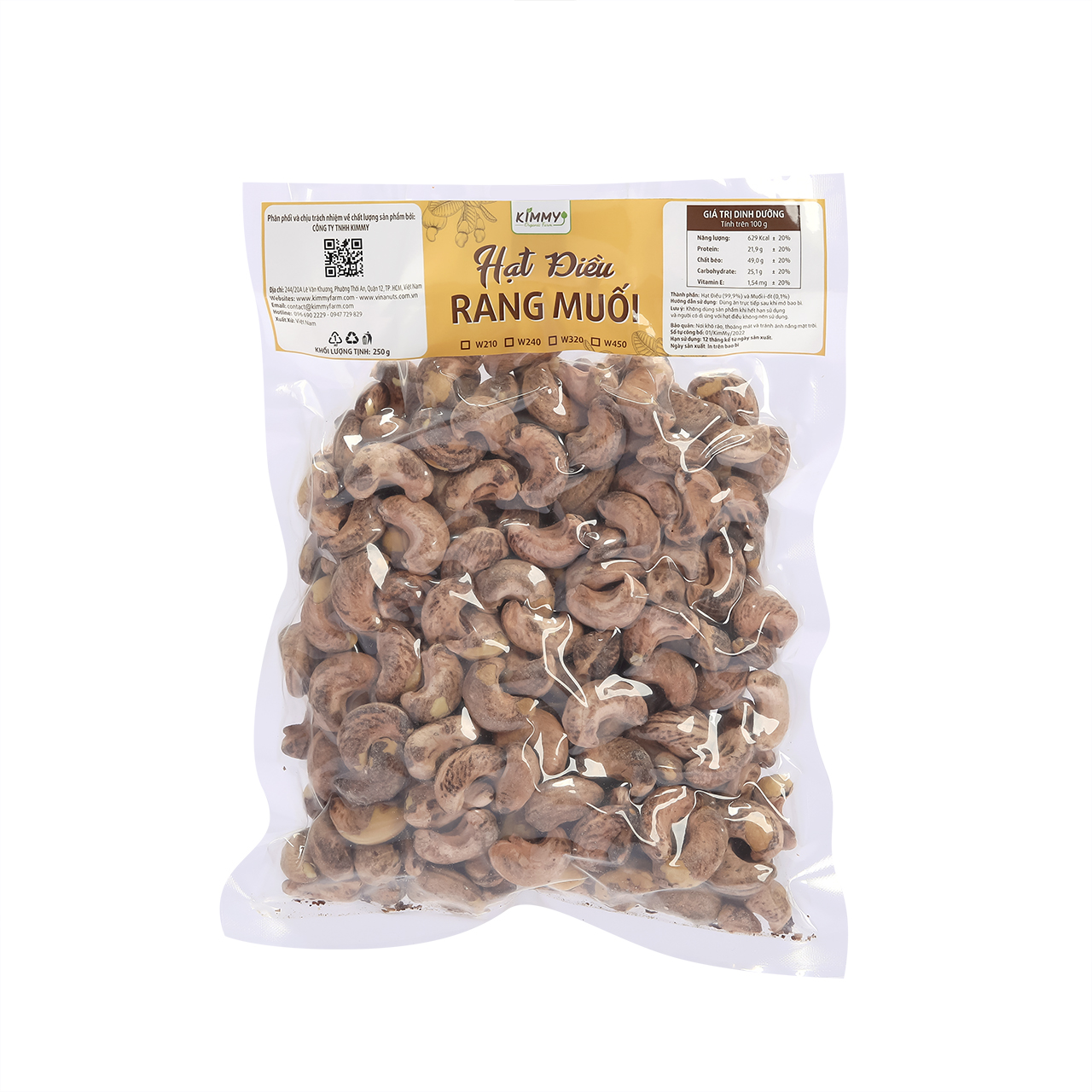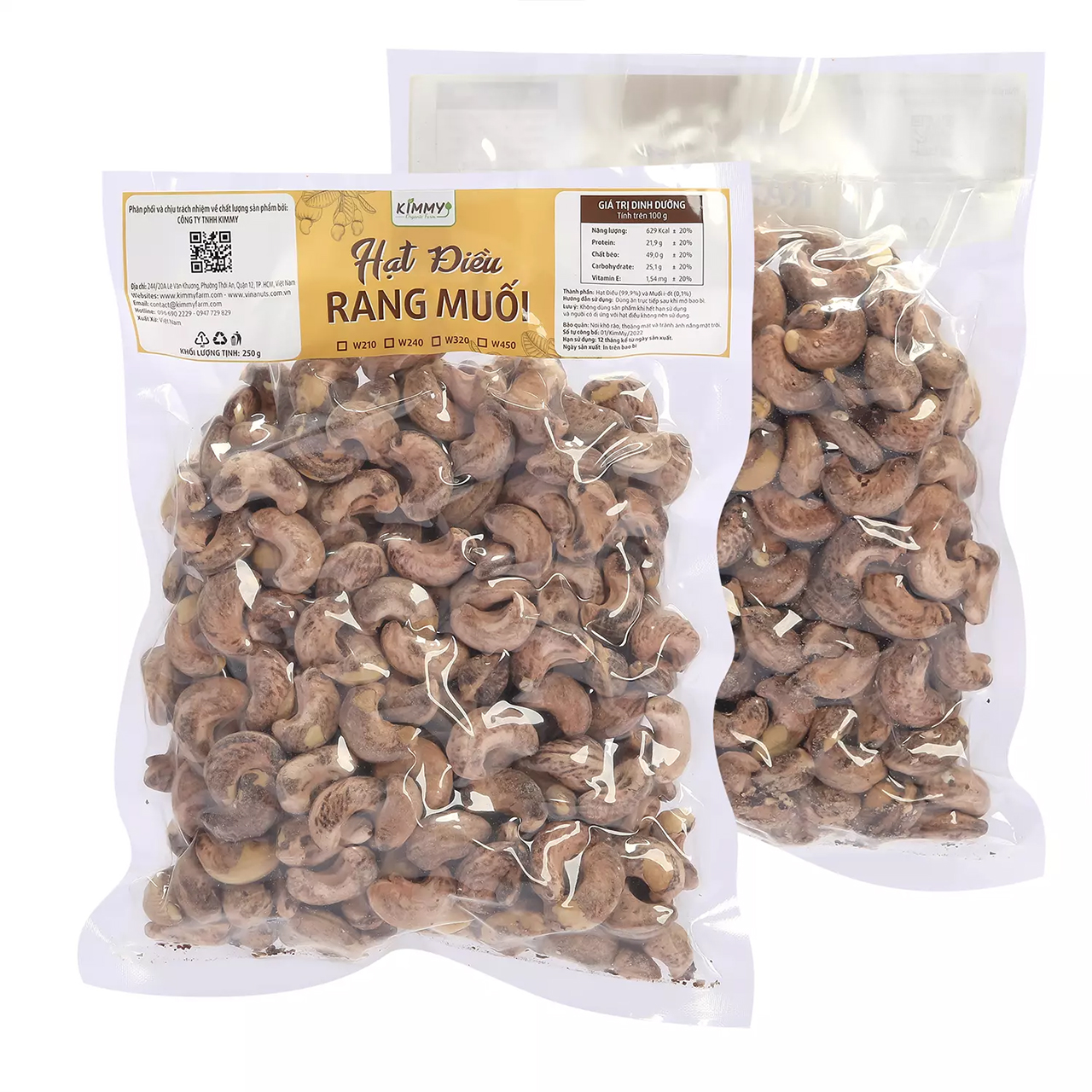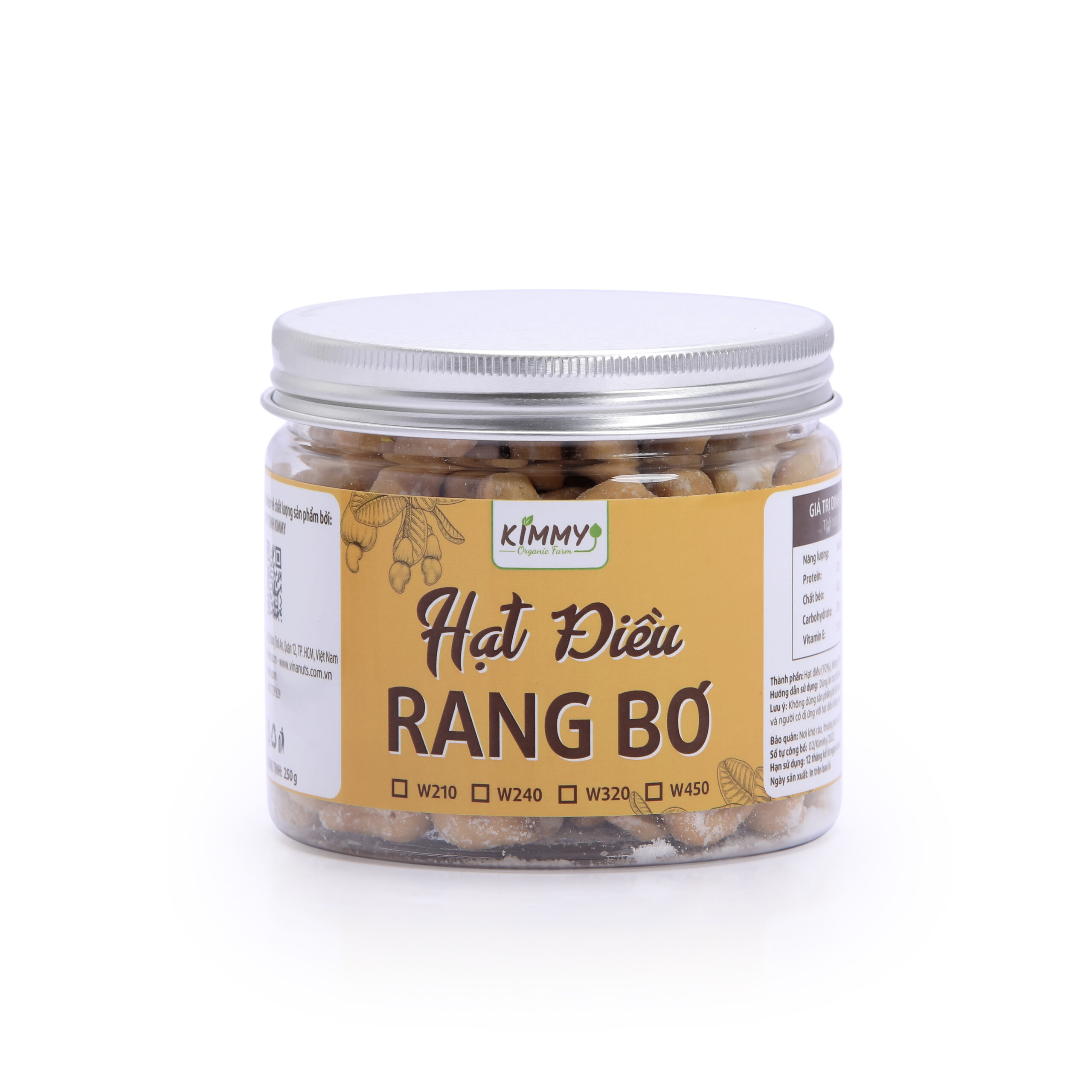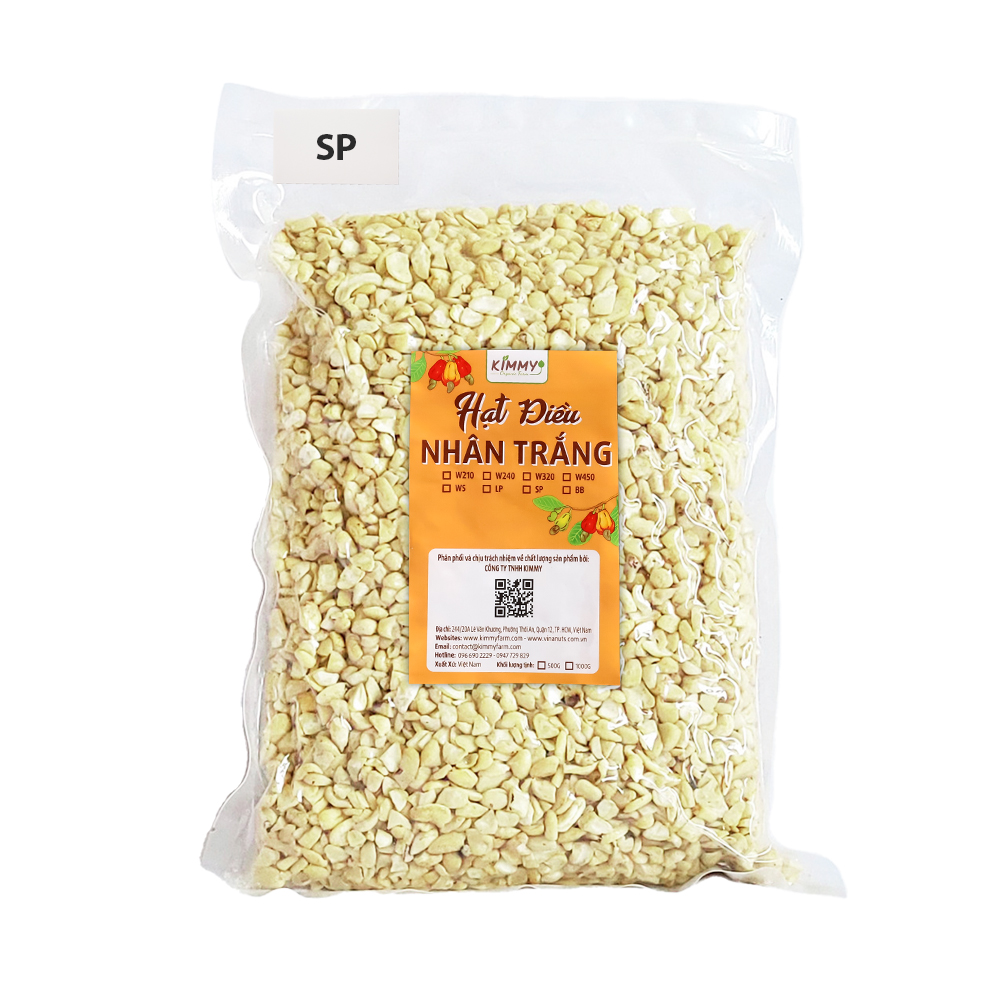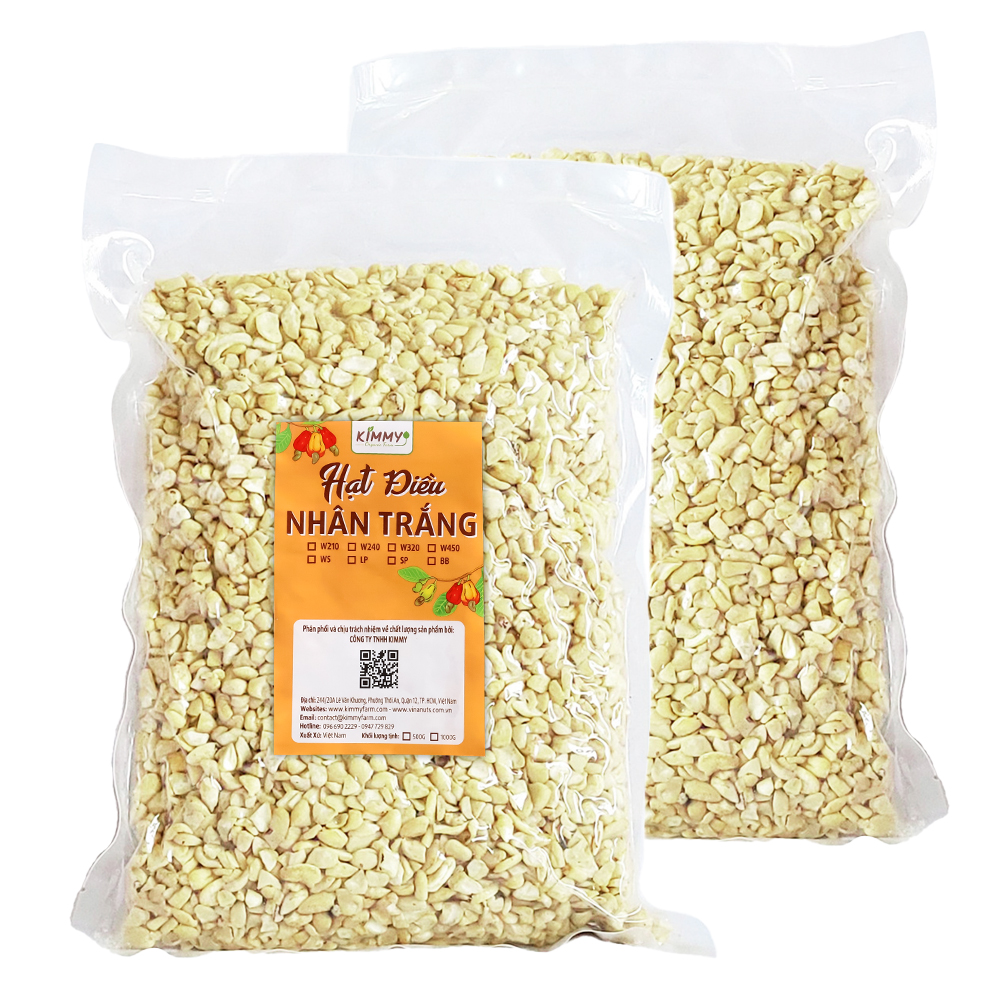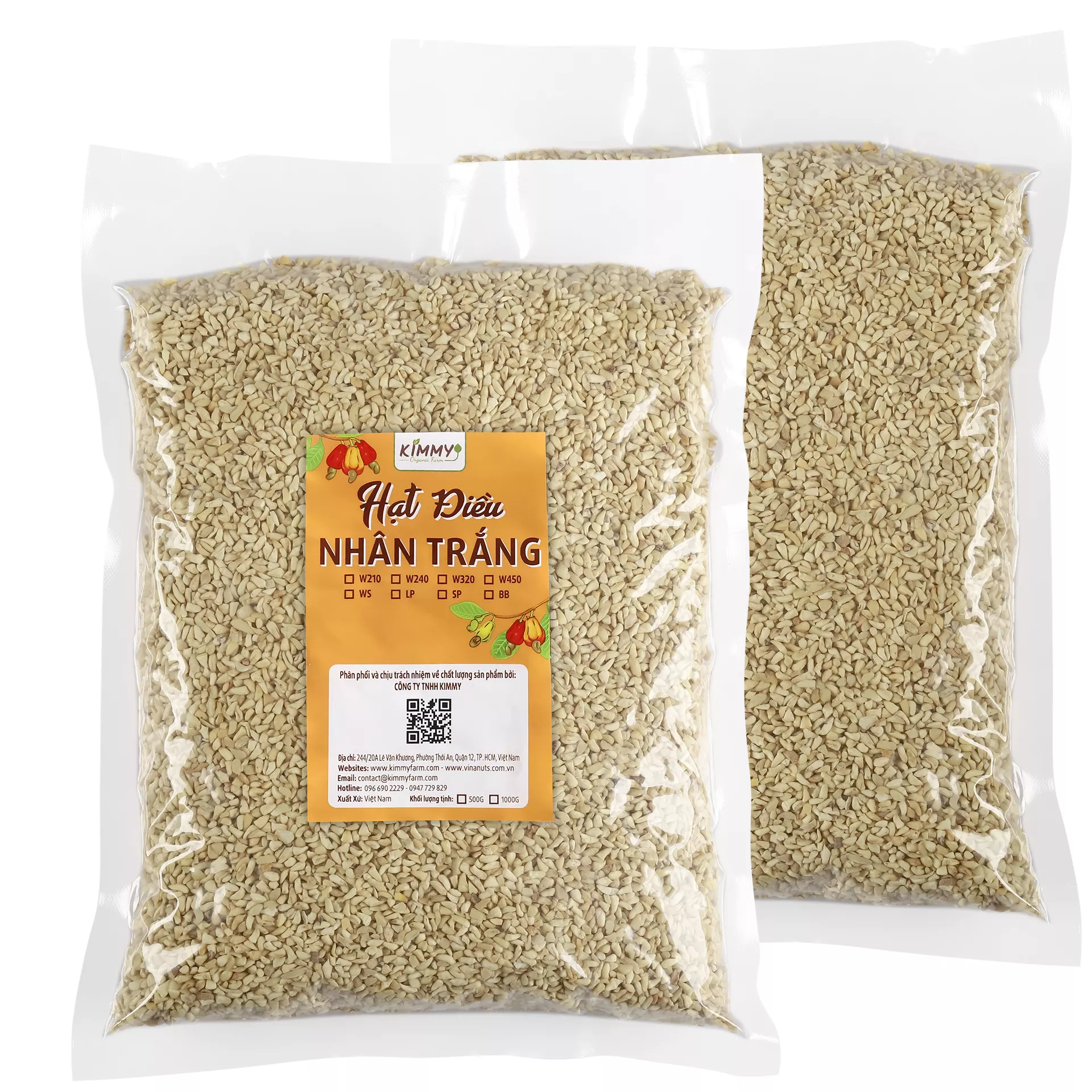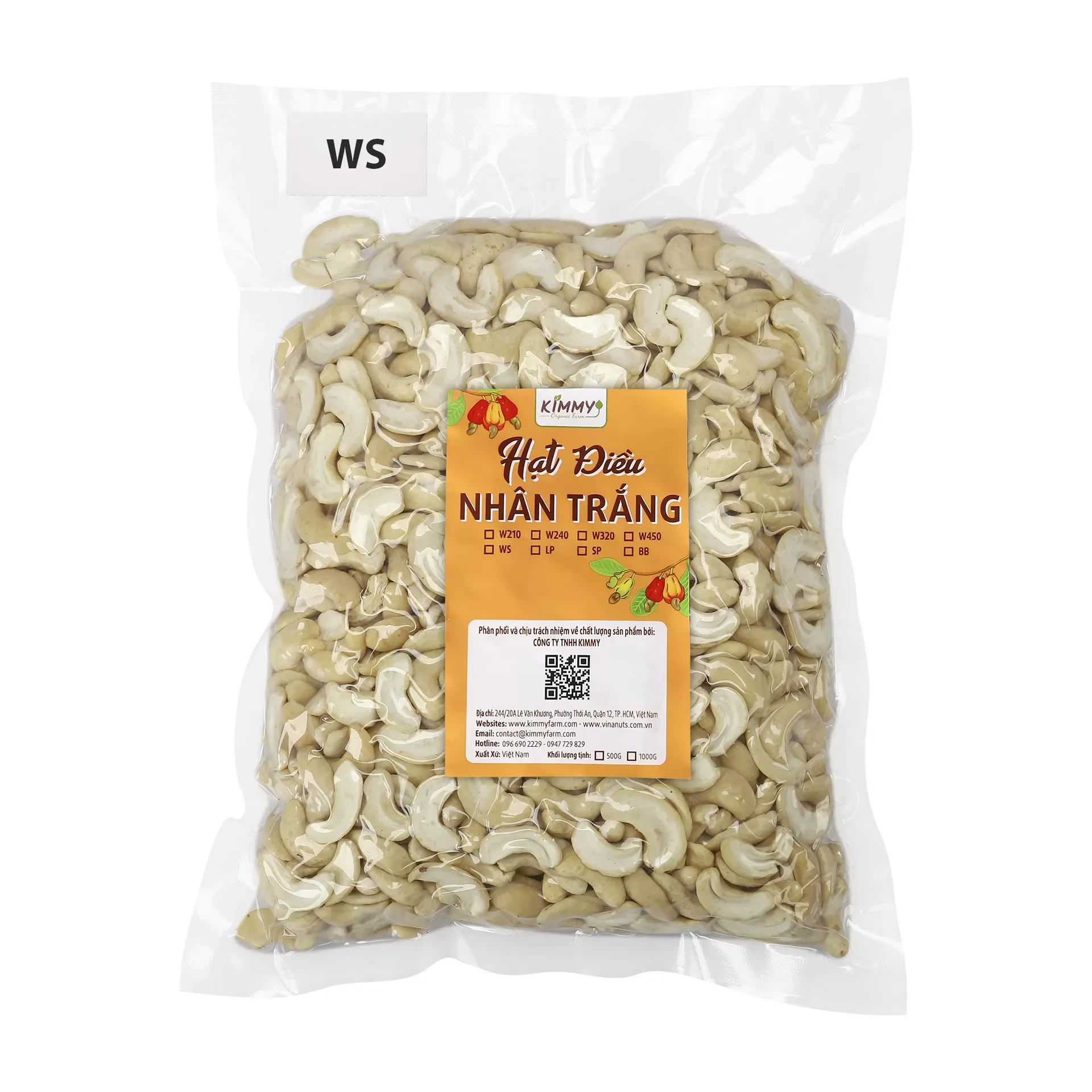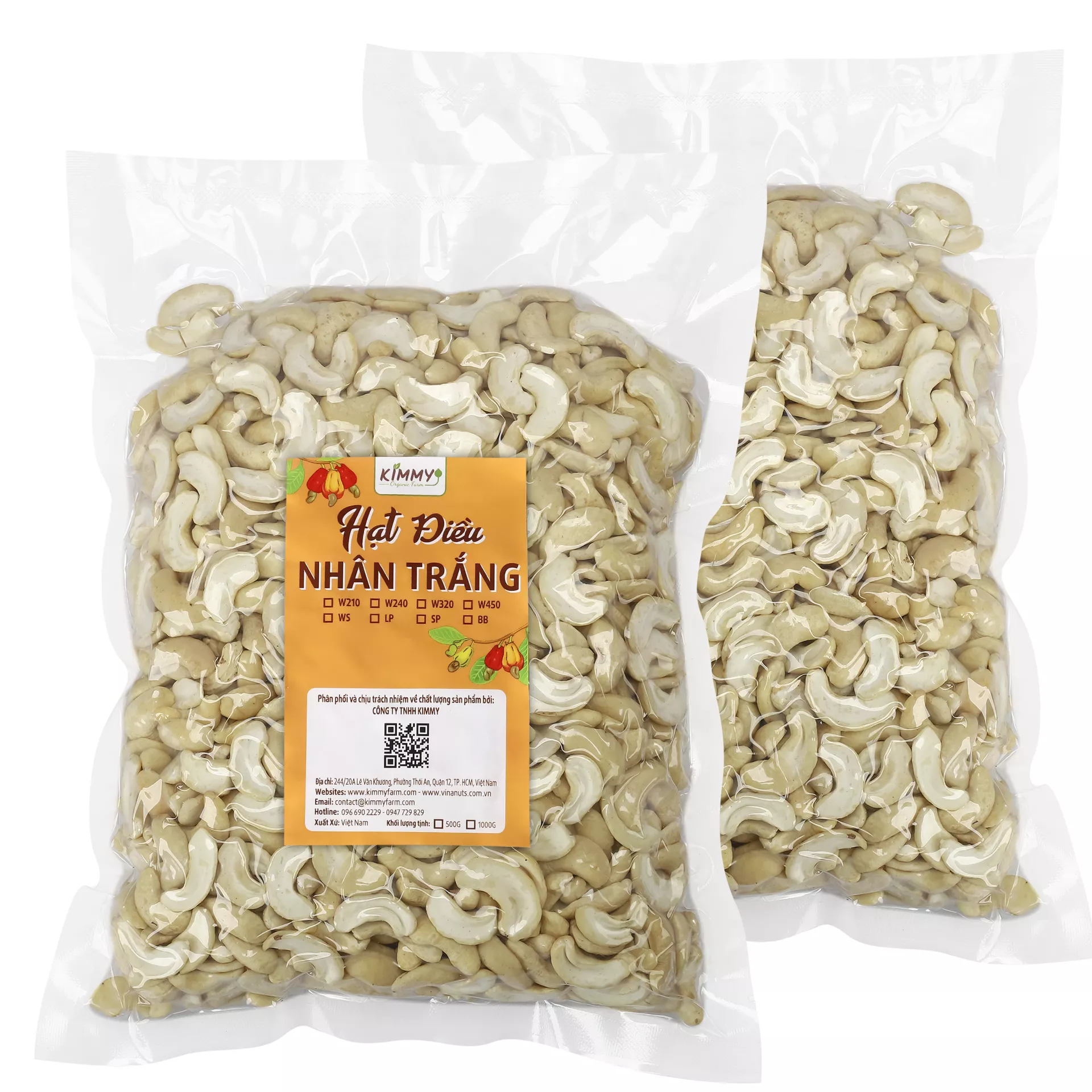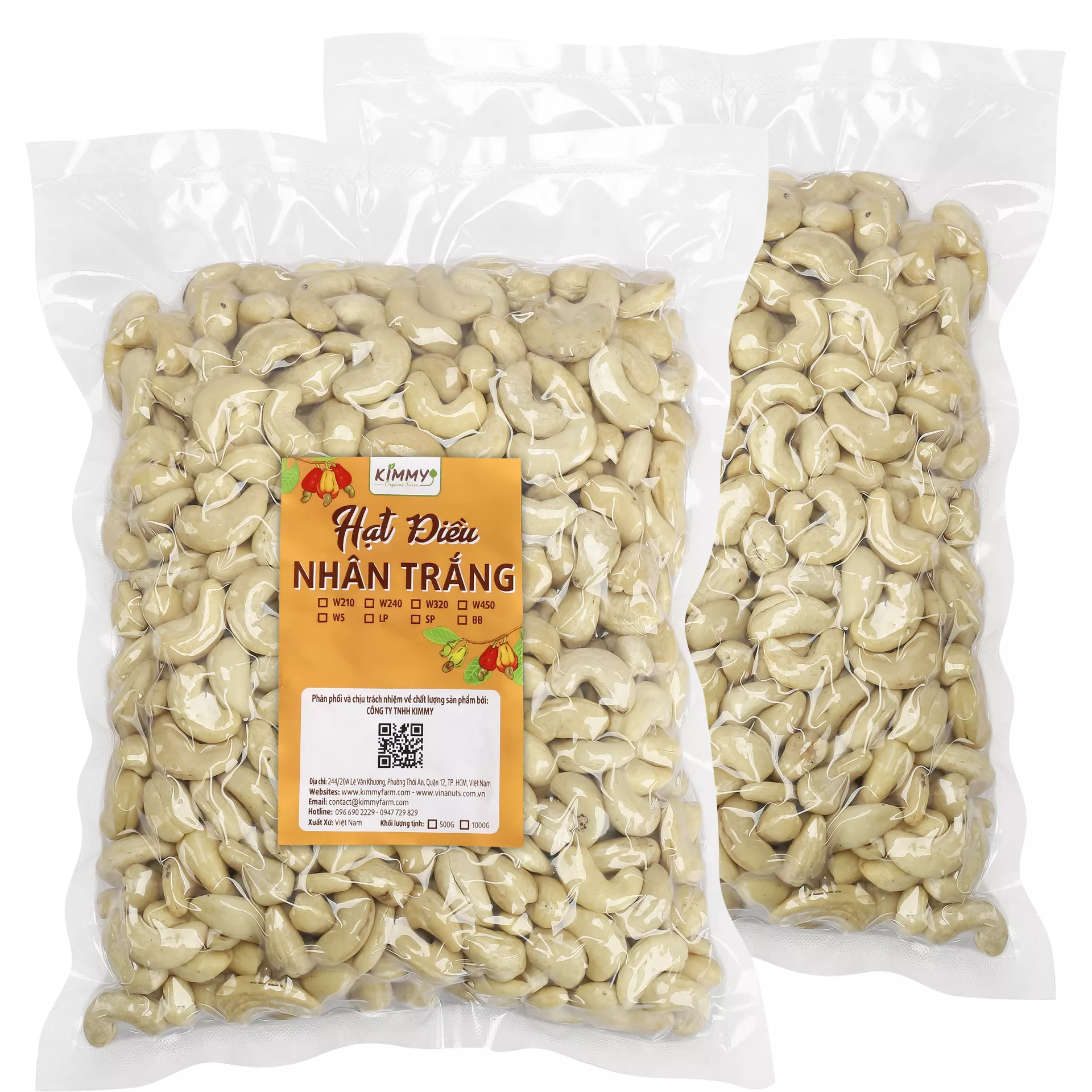What do the cashew trees look like? How long are cashew trees harvested? Cashew nuts have very high nutritional values, most parts of cashew trees have specific uses, very nutritious for human health. Delicious cashew nuts, along with high food value, the trees were soon preferred and became a highly commercial food, the export body with a large value to bring small profits to the planting. Cashew Nut Trees are usually about 3m – 9m high. Raw cashew nuts, not self-opening, hard outer shells, concave eyes, and stalks bulge into a peary shape. Cashews are the best growing in sandy soil but sandy soils do not keep plenty of water and are generally non-fertile land, but trees will still grow very well without using more fertilizer.
What is a Cashew Nut Tree?
- Vietnamese name: Cây Điều
- English name: Cashew
- Scientific name: Anacardium Occidentale
- Origin: Northeast Brazil
- Life span: 40-50 years old
- Height: 3m -12m(20-40 feet)
- …
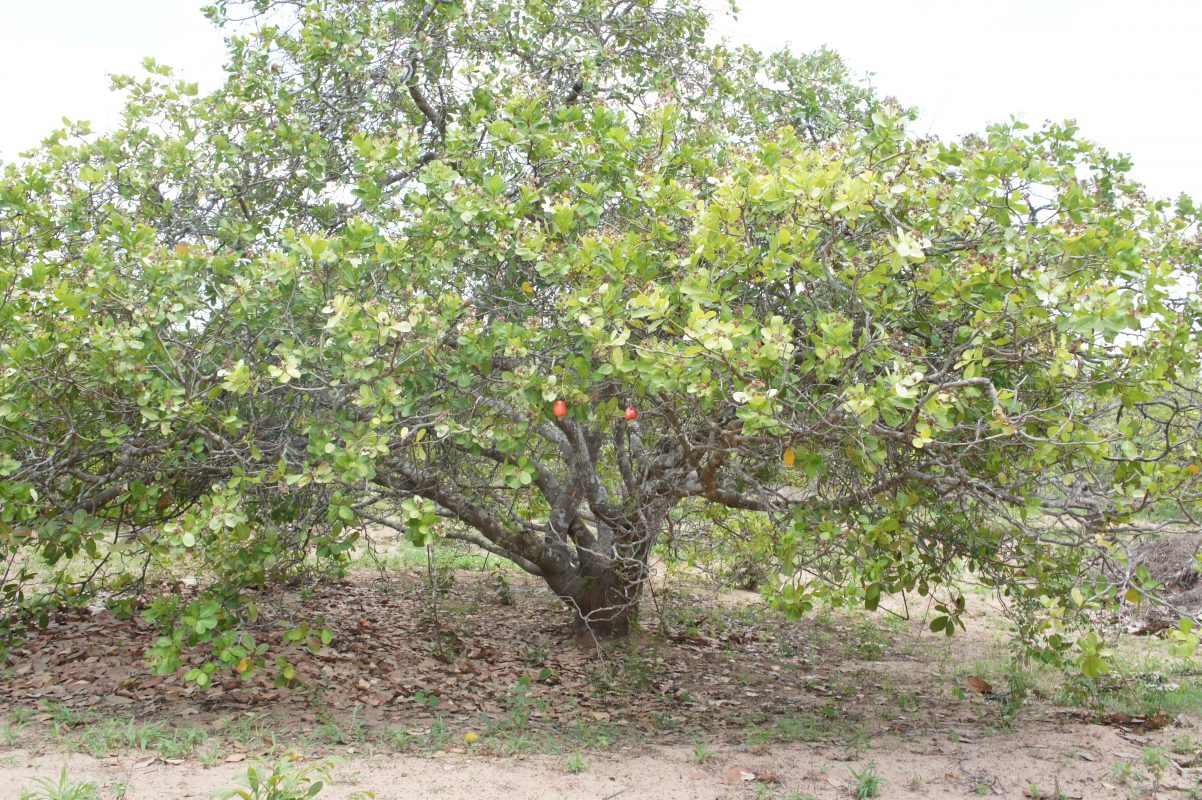
Cashew trees (Anacardium Occidentale) originated in Brazil and have the best development in tropical climates including Vietnam.
Origin Of Cashew Trees:
Cashew trees are derived from Brazil and naturally grow on Caatinga, Cerrados, and Amazonian creatures. Today, trees are grown around the world, especially in Brazil, Vietnam, India, Nigeria, Indonesia, Philippines, Benin, Guinea-Bissau, and Ivory Coast… Today, cashew trees are planted throughout tropical climate areas to get cashew nuts then processed into high-class foods. In addition, it is also available for valuable fillers such as cashew nut shell oil (CNSL).

Cashew trees are derived from Brazil, naturally growing on Caatinga, Cerrados, and Amazonian creatures.
Cashew Tree Seeds:
Currently, in Vietnam, there are many types of seeds that are grown differently, but most are 5 main varieties. These varieties often produce each beam from 5 to 10 cashew fruits. The main color of the fruit is yellow. However, the rate of kernel rate, raw cashew size, and quite different productivity
- Seeds ES-04 – Kernel rate: 27.5%; RCN size: 173 seeds/kg; Productivity: 55-65 kg – tree/year.
- Seeds EK-24 – Kernel rate: 28%; RCN size: 120 seeds/kg; Productivity: 35-45 kg -tree/year.
- Seeds BD-01 – Kernel rate: 27%; RCN size: 165 seeds/kg; Productivity: 45-55 kg – tree/year
- Seeds KP-11 – Kernel rate: 27.5%; RCN size: 150 seeds/kg; Productivity: 45-55 kg – tree/year.
- Seeds KP-12 – Kernel rate: 27%; RCN size: 140 seeds/kg; Productivity: 55-65 kg – tree/year.
- Seeds PN1
- SeedsAB05-08
- Seeds AB 29
- ….

These Vietnam varieties of Cashew often produce each beam from 5 to 10 cashew fruits – the rate of kernel rate, raw cashew size, and quite different productivity
Trunk Of Cashew Tree:
Cashew trees are an important commercial crop, providing cashew nuts and cashew apples. A mature cashew tree can reach up to 6 – 12 meters in height (in good growing conditions) and has a lifespan of up to 40 – 50 years. The trunk of the cashew tree is usually divided into two sections: the stem and the root. The stem is the part of the tree that supports the tree’s leaves and flowers. The root is the part of the tree that is underground and serves to anchor the tree in the soil. The trunk of the cashew tree is usually thick, with a smooth, light gray bark that is usually covered with a yellowish-white bloom. The cashew trunk and branches often have much pus. Plants often have the shape of parachutes, branches often arise horizontally so when a small branch is normal or growing into the ground.
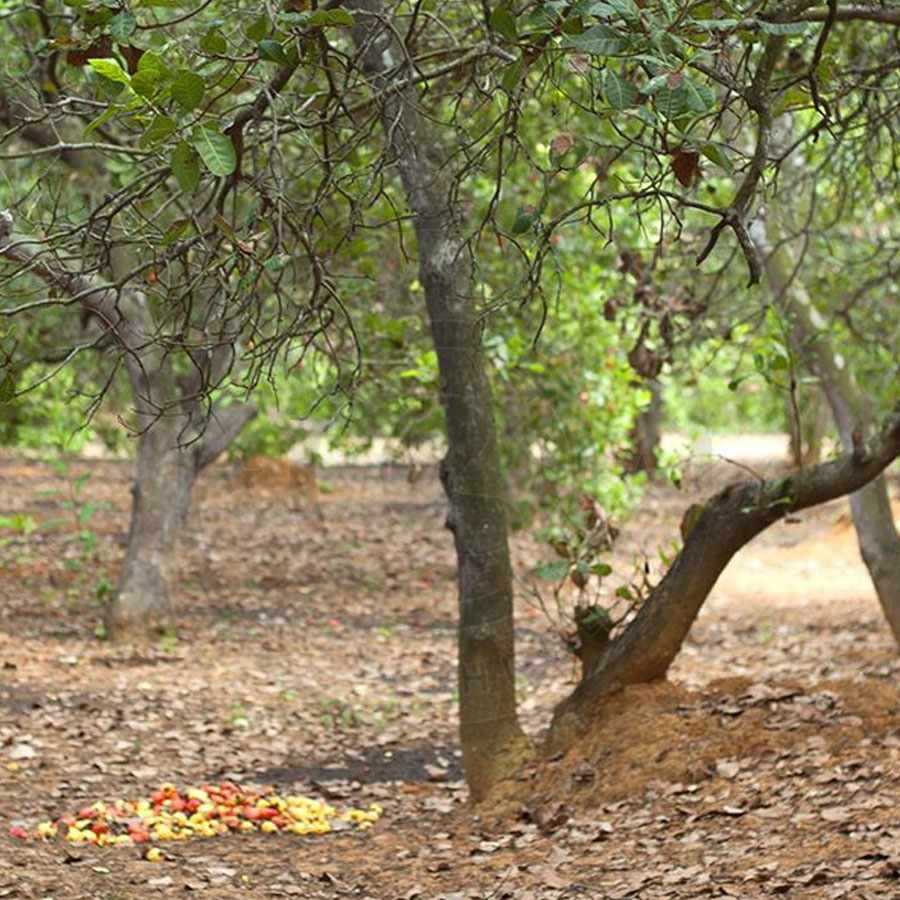
The cashew trunk and branches often have much pus. Plants often have the shape of parachutes, branches often arise horizontally so when a small branch is normal or growing into the ground.
Roots of Cashew Tree:
Cashew trees are a tree of pile roots, the roots of horizontal cashew trees thrive to find nutrients. Tree roots can be eaten deep into the soil. When planting lands in porous land, only 2 to 3 months of trees can be deepened to 80 cm, after planting 5 to 6 months of trees can be eaten deep into the soil to 2m. Depending on the type of soil and growth of trees, the roots of cashew trees can eat tens of meters deeply and can spread to sell seals from 50-60 cm, so the cashew trees have very good drought tolerance, can grow normally in the dry season, without water is 5 to 6 months.
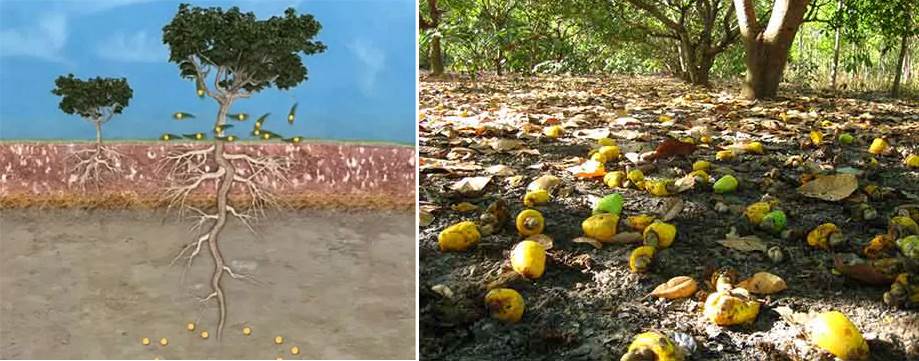
Cashew trees are a tree of pile roots, the roots of horizontal cashew trees thrive to find nutrients
Leaves of Cashew Tree:
It is often concentrated at the top of the branches, which are usually lengths from 10 to 20 cm, widths from 5 to 10 cm, and short leaf stalks. The leaf blade is quite thick with clear tendons, especially the face below the striking tendons. When the trees are still young leaves are usually red or light blue, and old leaves turn dark blue. The canopy of trees is usually very wide, when mature and developed trees are in conditions of favorable growth, the canopy has a wide card to 5m from the root, usually, a mature tree usually has a canopy Age up to 50 to 60 square meters when the tree reaches 6 to 7 years old.

It is often concentrated at the top of the branches, which are usually lengths from 10 to 20 cm, widths from 5 to 10 cm, and short leaf stalks.
Cashew Flowers:
Cashew trees usually flower at the end of the rainy season and prepare to move into the dry season. Cashew flowers have both unisexual and bisexual flowers. Flowers grow in clusters, each cluster has about a few dozen or hundreds of flowers. Cashew trees have leaves that are usually concentrated at the tips of branches, leaves are usually 10 to 20 cm long, and 5 to 10 cm wide, and petioles are short. The leaf blade is quite thick with prominent veins, especially the underside with prominent veins. When young, the leaves are usually red or light green, when old, the leaves turn dark green.
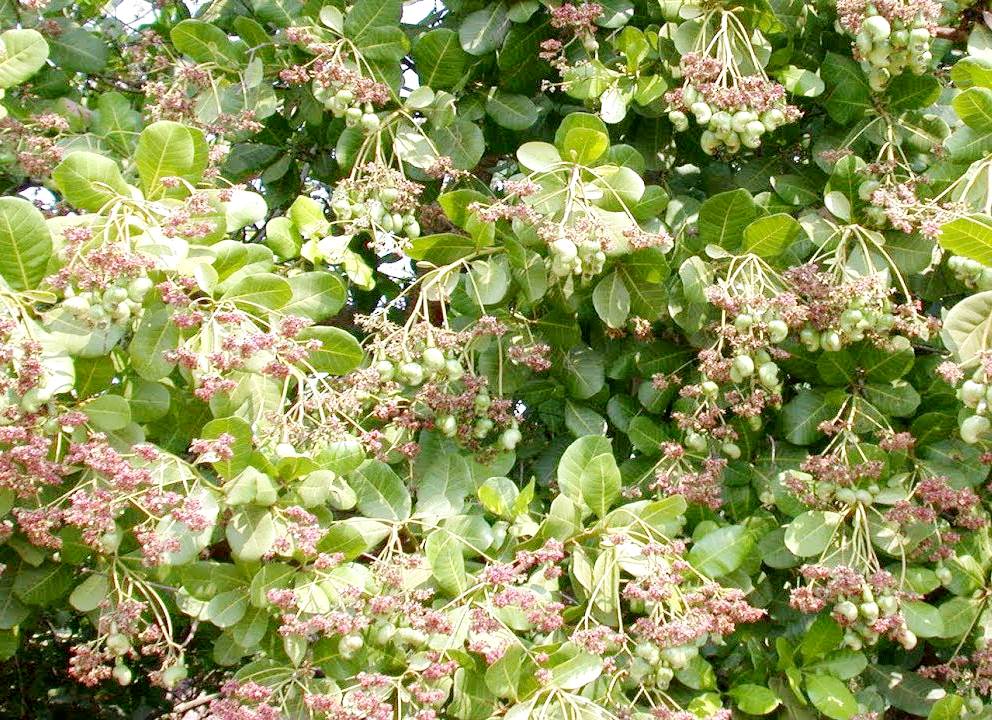
Cashew trees usually flower at the end of the rainy season and prepare to move into the dry season.
Cashew Fruits:
Cashew Fruits (also known as cashew apples) is a cashew fruit to which the raw cashew nut is attached to the end of the cashew apple. The top end of the cashew apple is attached to the cashew tree, and the bottom end of the cashew apple is attached to the cashew nut, which is enclosed in a shell. Botanically, the cashew apple is a by-product that grows on cashews (which are raw cashews). Cashew fruit is succulent, pale, sour, rich in vitamin C, and can be eaten fresh. In West Africa, cashew apples are often picked from trees and eaten on the spot because of their sweet but slightly astringent taste. Moreover, cashews are used in many different ways, such as curry, chili sauce, jam, vinegar, wine, Candy, Syrup, and Juice… and more and more popular every year.
=> Related articles: What Happen With The Cashew Fruits When The Nut Harvested?
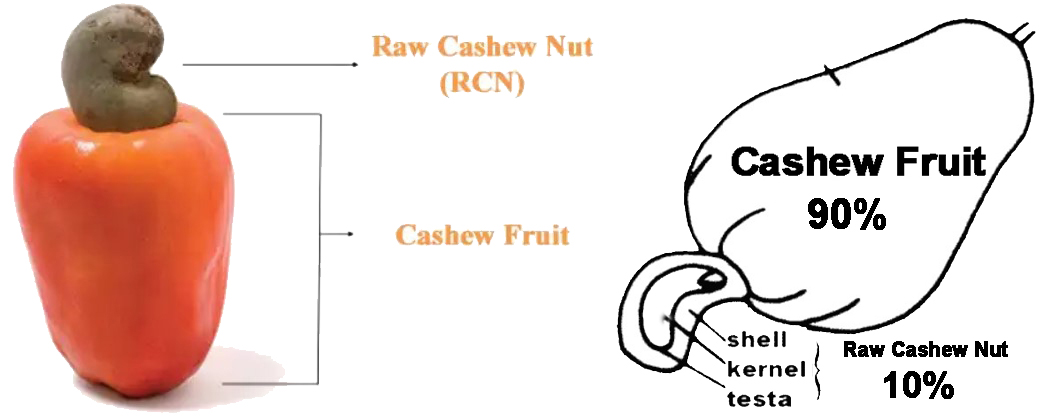
Cashew Fruits (also known as cashew apples) is a cashew fruit to which the raw cashew nut is attached to the end of the cashew apple.
Raw Cashew Nuts:
The Raw Cashew Nut (known as RCN, Cashew nut Shell-on, Cashew nut in a shell, or Cashew nuts) is the name of the cashew apple’s sub-nut. Although a cashew apple contains 90 % of the fruit, only 10 % is a Raw Cashew nut. A single Raw Cashew Nut has 30% cashew kernels and 70% cashew shell. Normally, 1 ton of raw cashew nuts can process 250-300 kg of the cashew kernels and 700-750 kg of the cashew shells. In the past, only the Raw Cashew nut (RCN) and Cashew Kernels are being used as commercial products in the Vietnam cashew nut industry, and cashew shells are considered waste. Today, the cashew shells are used to produce CNSL (cashew nut shell liquid), a raw material used in other industries, opening up a market of hundreds of millions of dollars per year.
=> Related articles: What Difference Between Raw Cashew Nuts vs Cashew Kernels?

The Raw Cashew Nut (known as RCN, Cashew nut Shell-on, Cashew nut in a shell, or Cashew nuts) is the name of the cashew apple’s sub-nut.
Cashew Kernels:
Cashew Kernel (or: raw cashew kernels, cashew kernels) meaning is the name of the raw cashew nuts after going through the Processing of cashew nuts. After Peeling Hardshell outside, the cashew kernel has been grading them carefully to superior standards required by top food companies all over the world. Example: Vietnam’s W320 & W240 are the most popular cashew kernels, and their export volumes increase year by year.
=> Related articles:
- Different Grades Of Cashew Kernels, Cashew Types List In Vietnam
- Cashew Kernels: Broken, Scorched, Whole Cashew Nuts Vietnam
- Top 10 Cashew Products We Love & Eat Every Day
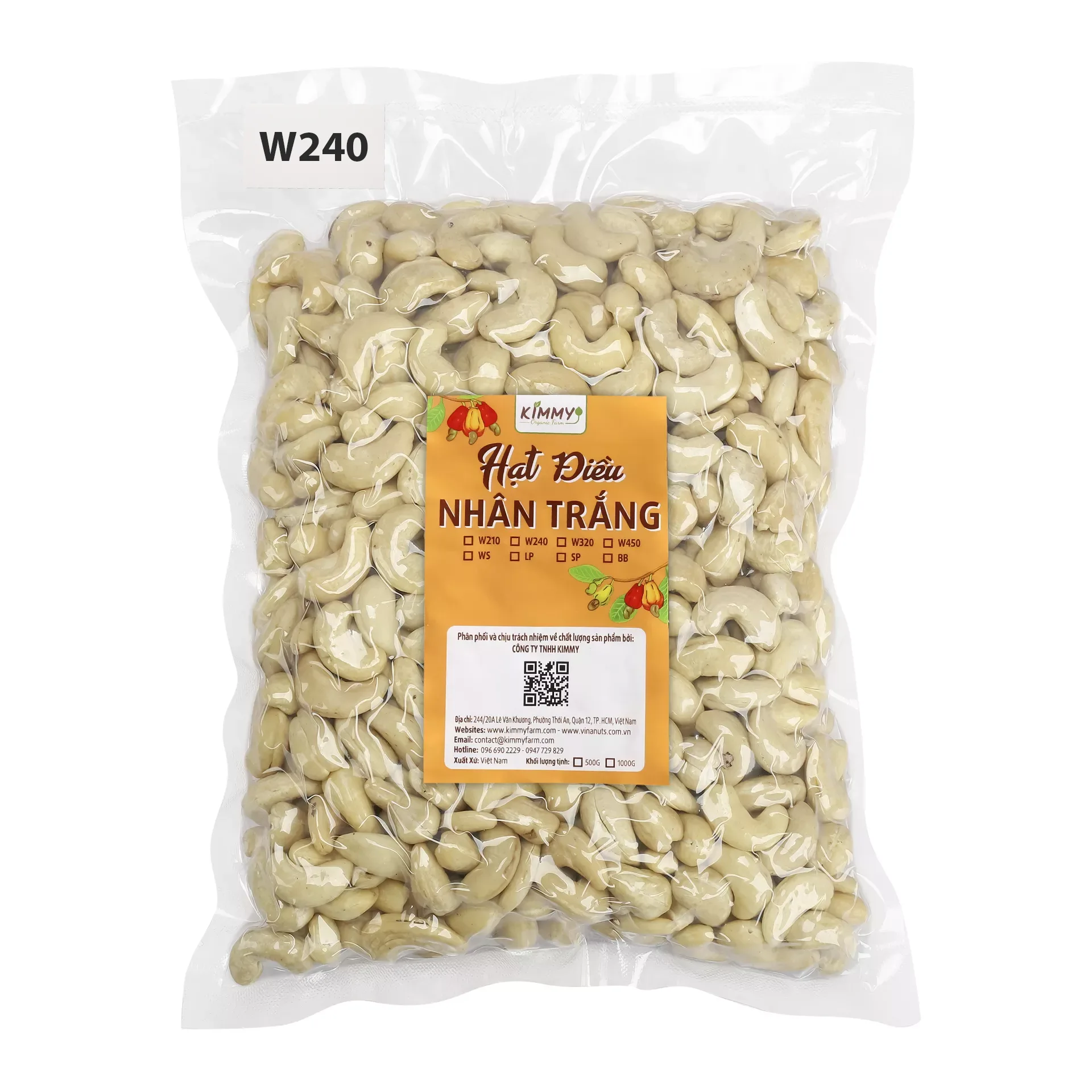
Cashew nut kernels are the main commercial product of cashew trees. Vietnamese cashew nuts are considered to be more delicious and fatter than other countries’ cashews.
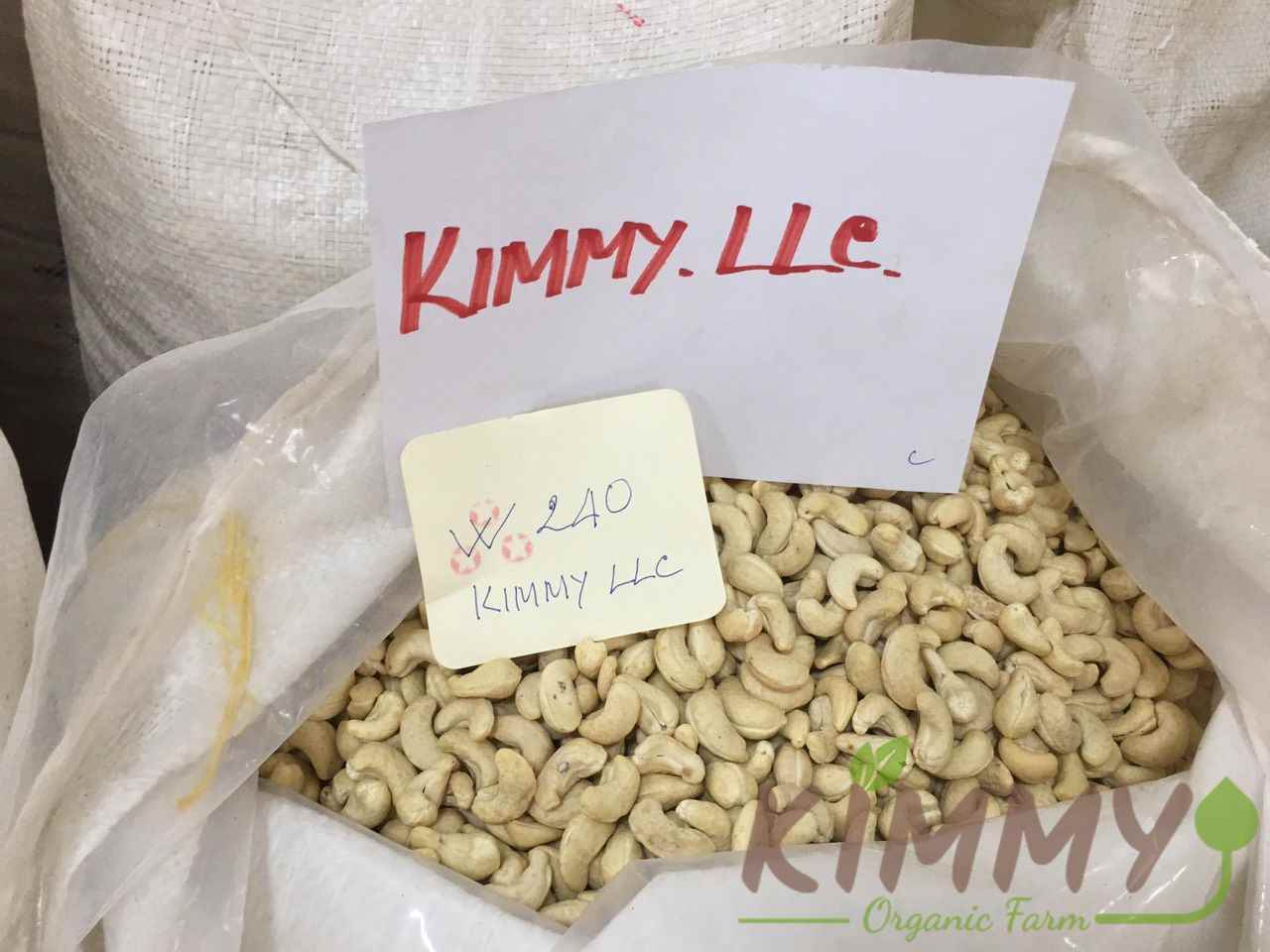
Vietnam’s W320 cashew & W240 cashew are the most popular cashew kernels, and export volumes increase year by year.
Cashew Shell:
The cashew shell which many consider trash is now becoming a new source of raw materials and could open up a market of hundreds of millions of dollars per year. Because cashew nut shell oil is an important raw material in many industries. The cashew shell contains 25% of this reddish-brown oil, industrially known as Cashew Nut Shell Liquid (CNSL) which is a by-product of the roasting process.
=> Related articles: Cashew Shells Vietnam
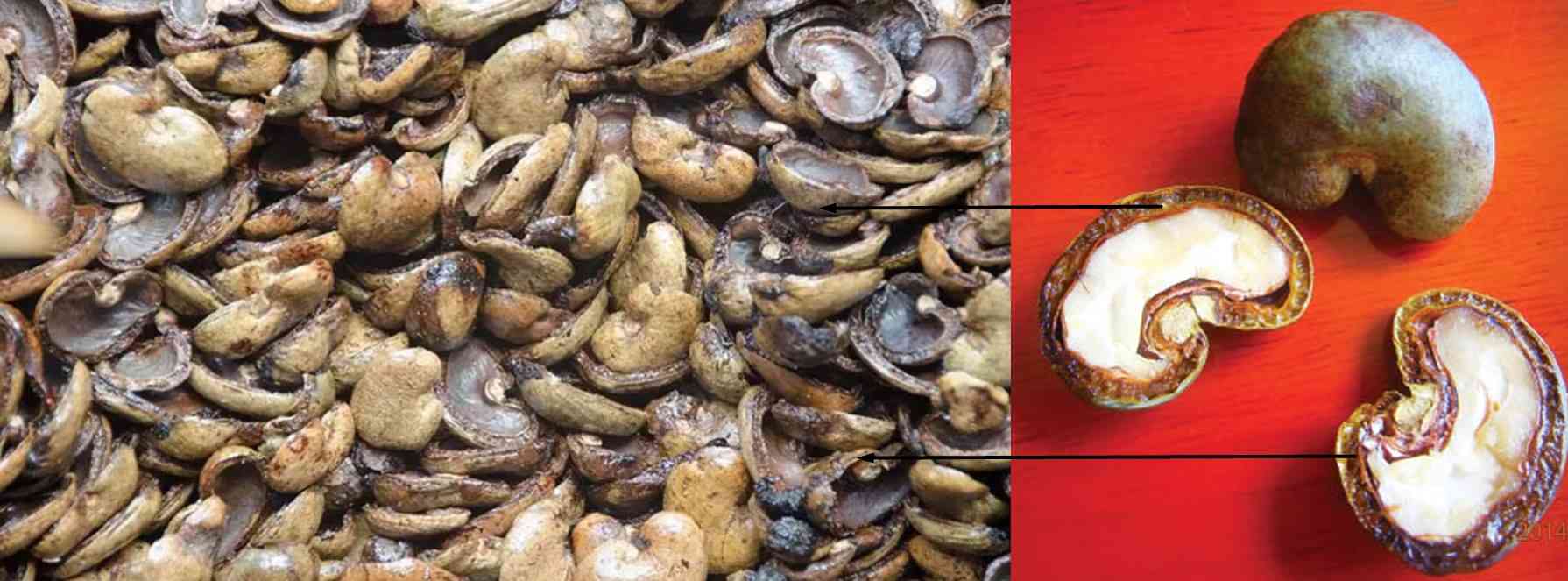
The cashew shell which many consider trash is now becoming a new source of raw materials and could open up a market of hundreds of millions of dollars per year
Cashew Testa:
Cashew testa (cashew husk, cashew nut husk, cashew skin, cashew husk skin, cashew nut husk) is a residue of cashew nut kernels processing. It contains high fat and protein, suitable for animal feed, tanning, industry, animal feed, fuel burning, fertilizer, compost making, etc…
=> Related articles: Cashew Testa Skin (Cashew Husk) Vietnam
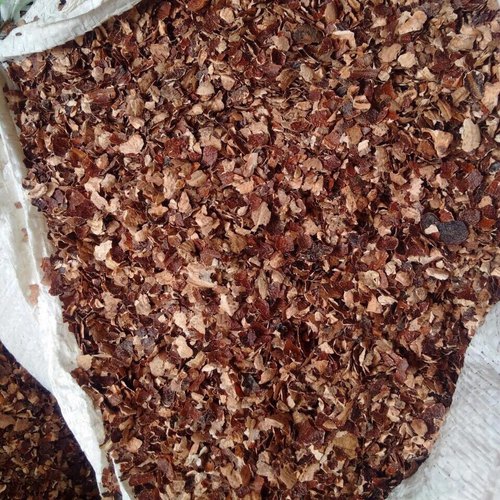
Cashew Testa is high in fat and protein, suitable for animal feed, tanning, industry, animal feed, fuel burning, fertilizer, compost making, etc…
How To Grow Cashew Trees
You can easily start growing cashews if you live in a tropical country, whether the climate is wet or dry. Ideally, the temperature of the place where you live should not be below 10 C, or hot above 40 C. You can also start planting cashews and can also grow cashews in any frost-free area. . In an environment with a temperature range of 10 – 40 C, it is very easy to grow cashews. In fact, cashew trees are very easy to grow with just a little watering they will grow like wild plants. In addition, cashew trees are very drought tolerant, and they can thrive on coastal soils. On average, cashew trees need about 2,000 hours of sunshine per year.
6 Basic Steps For How to Grow Cashew Trees:
- The temperature in the cashew growing area ranges from 10 – 40 C.
- Sow the seeds 10cm deep to make room for the roots to expand.
- Each cashew tree is planted at 9.1 m to ensure there is enough room for the tree to grow.
- Using the freshest possible seed will yield the best results.
- Plant as soon as the cashew tree seeds are delivered to your home.
- Cashew trees grow and achieve high yields in areas with deep soil layers and good drainage.
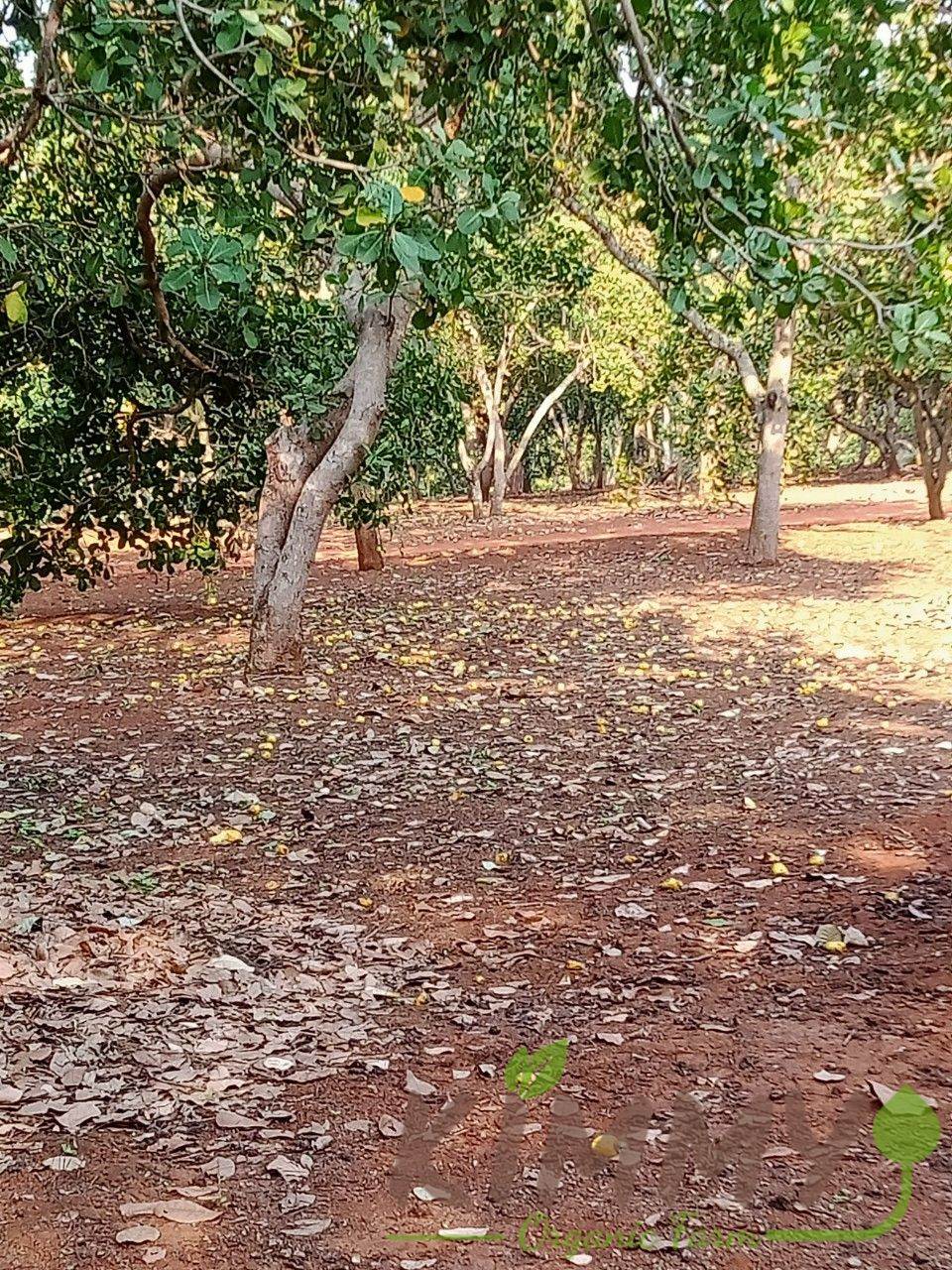
How Long Does a Cashew Tree Take To Grow?
Cashew trees are long-term industrial crops with a lifespan of up to 40-50 years of age, plants often give stable productivity from 10 to 20 years after planting. The time from growing until the seed harvest will take 2 to 3 years.
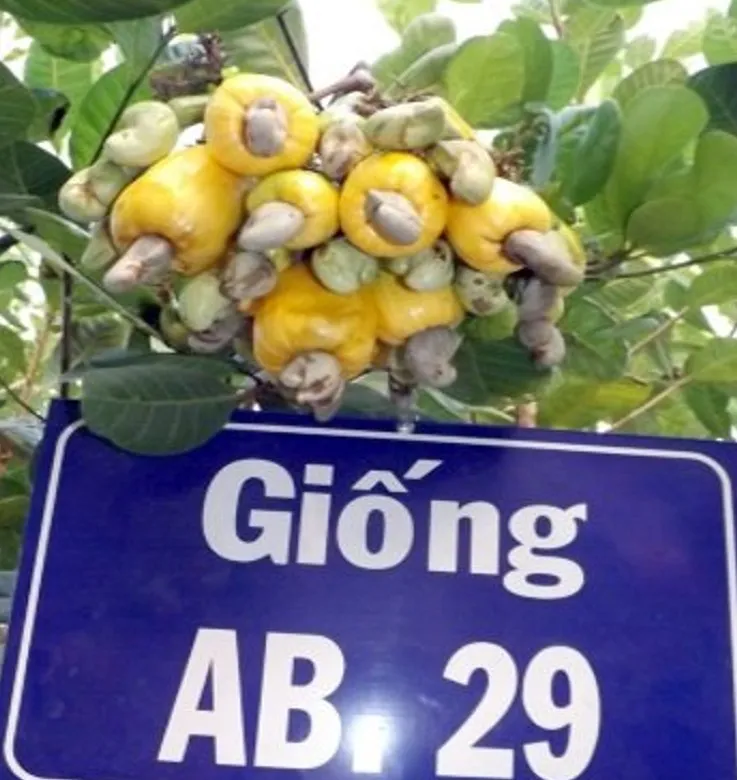
How long does it take for a cashew tree to bear fruit: 2 – 3 years
How to Take Care of Cashew Trees?
Cashew trees are very vigorous plants, they can tolerate drought well, and are resistant to pests and diseases… If you already have a cashew tree, you will only need to provide the young tree with water and fertilizer. Provide them with water during dry periods. Provide fertilizer during the growing season, especially during flowering and fruit development. Be sure to use a fertilizer that contains nitrogen and phosphorus, and possibly zinc, to aid in better flowering and fruiting. Try to prune broken or diseased cashews from time to time. If insect pests, such as branch borers, feed on leaves, treat the plant with an appropriate insecticide.
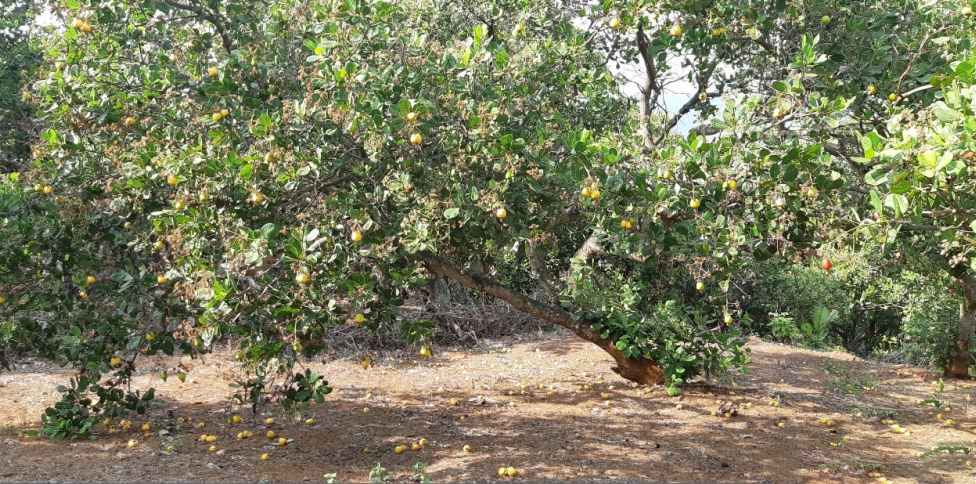
How Long Does It Take To Harvest Cashew Trees?
Cashew trees grow large enough to produce nuts in three years. You can buy plants at a nursery for planting out in the spring. When the tree begins to bear and produce fruit, They have a stable yield when the age of 5-7 years old. After maturity, cashew trees in Binh Phuoc Vietnam can harvest raw cashew nuts of about 2.8 – 3 tons/ha/year.
Average Yield Of Cashew Trees By Sort by Age:
- 3 – 5 years old cashew tree yield: 2 – 3 kg of raw cashew nuts/tree
- 6-10 years old cashew tree yield: 4-5 kg of raw cashew nuts/tree
- 11-15 years old cashew tree yield: 5 – 10 kg of raw cashew nuts/tree


A brand specializing in the production and export of agricultural products in Vietnam. We have a black soldier fly farm in Tay Ninh and a cashew growing area in Binh Phuoc. The main export products of the company are: cashew nuts, cashew nut kernels, black soldier fly, frozen seafood, shrimp, prawns, catfish… from Vietnam.

